African-American Heritage Museum and Black Veterans Archive, HammondDr. Charles Smith (born 11/22/1940)
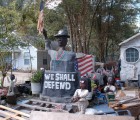
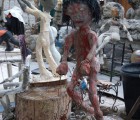
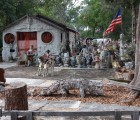
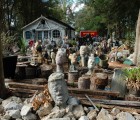
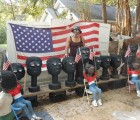
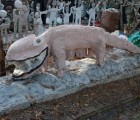
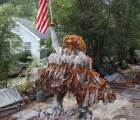
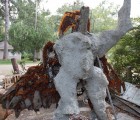
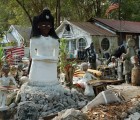
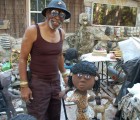
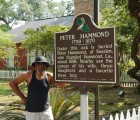
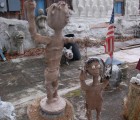
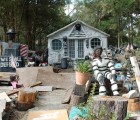
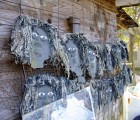

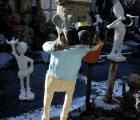
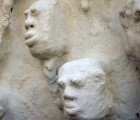
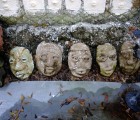
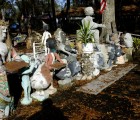
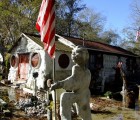
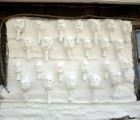
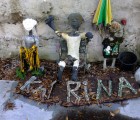
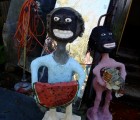
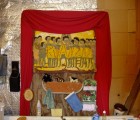
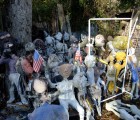
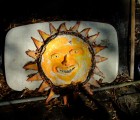
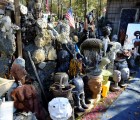
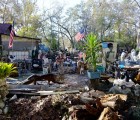
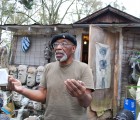
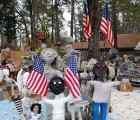
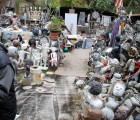
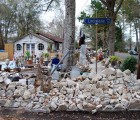
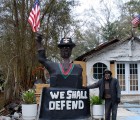
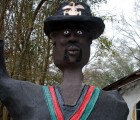
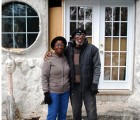
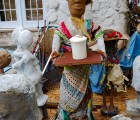
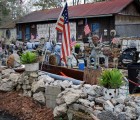
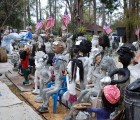
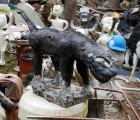
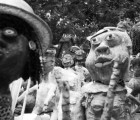
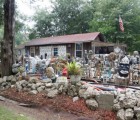
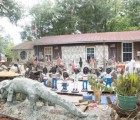
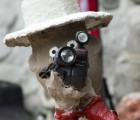
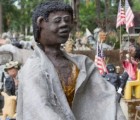
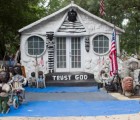
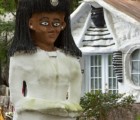
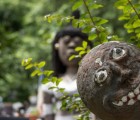
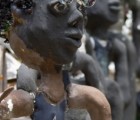
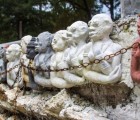
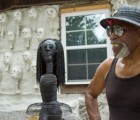
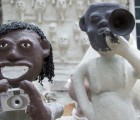
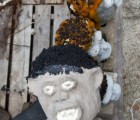
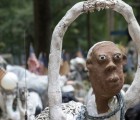
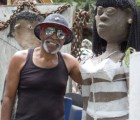
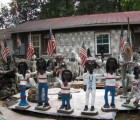
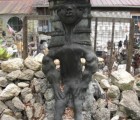
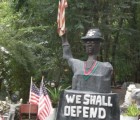
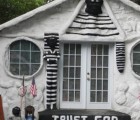
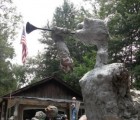
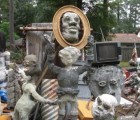
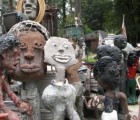
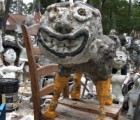
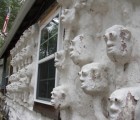
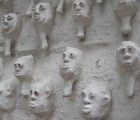
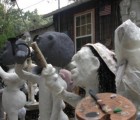
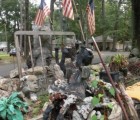
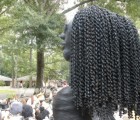
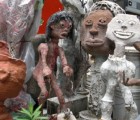
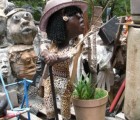
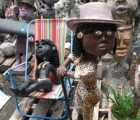
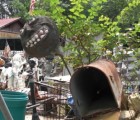
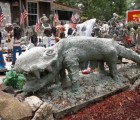
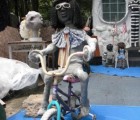
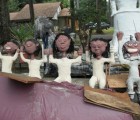
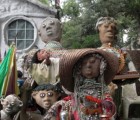
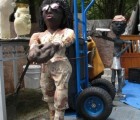
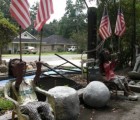
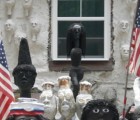
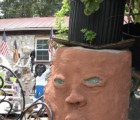
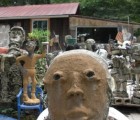
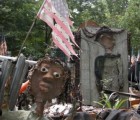
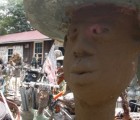
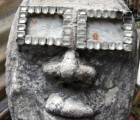
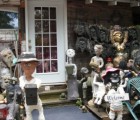
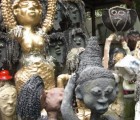
Extant
901 S. Walnut Street , Hammond, Louisiana, 70403, United States
2000 to present
The work is visible from the street. If Dr. Smith is present, he may offer a tour.
About the Artist/Site
In 2000, on his way from Illinois to New Orleans, Dr. Charles Smith stopped in Hammond, Louisiana for a meal. Wandering through town he discovered a historical marker under a mammoth live oak, reading
Peter Hammond (1798 – 1870) Under this oak is buried Peter Hammond, of Sweden, who founded Hammond, La., about 1818. Nearby are the graves of his wife, three daughters and a favorite slave boy.
Beneath the marker is the simple granite monument, UNNAMED SLAVE BOY.
Incensed by the heartlessness and anonymity of “favorite slave boy” as a legitimate presentation of history, Dr. Smith vowed on the spot to rectify the injustice; his commitment was immediate and determined. He purchased a house and yard in Hammond, and began his second African American Heritage Museum and Black Veterans Archive (AAHM&BBVA). [Dr. Smith’s biography, and information and images of his first AAHM&BBVA, in Aurora, Illinois, can be found here.]
Dr. Smith’s environment in Hammond is remarkably similar, in form and composition, to his former Aurora, Illinois site. He began by fortifying the modest, one-story frame house, strengthening the porch and part of the south wall with mortar and rock. All elements of Dr. Smith’s work are emblematic of historical moments and contain symbolic meanings. His inclination is to modify conventional houses into bunkers, safe havens within a violent society.
Dr. Smith lined the west and south (street-facing) borders of the property with low mounds of rubble, a perimeter fortification similar to his rubble mounds in Aurora. These will most likely grow as supplies of rubble become available and, depending on the day, the borders may symbolize the continent of Africa or a trench in the Vietnam war. Dr. Smith is a brilliant orator, steeped in the Baptist preacher/Gospel traditions, and his narratives are explosive, extemporaneous expressions of whatever is currently on his mind. The elements of his environment––the house, walls and other fixed features, individual sculptures and tableaux––are in continual flux, and their meanings are mutable as well. This is not to suggest that his work is in any way superficial or equivocal. His messages are powerfully consistent, addressing the entire African-American experience, from the diaspora to contemporary events, as a real and visceral history that demands expression.
One enters the site on Louisiana Street on a concrete slab over a culvert, a bridge from the conventional world to the visually and emotionally charged realm of the AAHM&BVA. A monumental self-portrait bust presents Dr. Smith as a proud Marine draped in black, green, and red––colors of the Pan-African flag––with one arm aloft holding an American flag. The bust rises from a pedestal with the words WE SHALL DEFEND, flanked by planted urns. Within the rubble borders Dr. Smith’s yard is covered with sections of carpet and other materials, creating pathways through the ever-changing arrangements of many hundreds of figural sculptures and other forms. Dr. Smith responds to current events immediately, memorializing horrors as they occur. In January, 2013 a cluster of sculptures of children was in progress, Dr. Smith’s homage to the Sandy Hook School massacre in Connecticut.
Dr. Smith perceives humanity not as a monolithic abstraction but as an ocean of individual people; history impacts each and every one. He is engaged in the continual production of figural sculptures, most of which are about two feet tall, one-third life size. One wanders through the site knee deep in his powerfully expressive figures, with occasional life-sized or larger-than-life figures standing out. The smaller figures bring to mind two racist stereotypes from American material culture that are also about knee high: the step-‘n-fetchit or jockey yard ornament, and the “silent butler” smoke stands. Both represent silent, obedient subservience, and their reduced scale emphasizes their inhumanely reduced stature. Dr. Smith’s figures are complex and filled with seeming contradictions, on one hand referencing racist traditions, while at the same time presenting respectful representations of individuals; in his ongoing project to conflate past historical notions with his revisions of that history, by means of sculptures that raise more questions than they answer.
A few leitmotifs stand out in the hundreds of sculptures in the AAHM&BVA. There are dozens and dozens of serving figures holding trays. The gesture strongly conveys humble generosity, but the history of forced servitude is embedded within these as well. Sculptures of angry beasts, embodiments of rage, also recur throughout. The site is punctuated with American flags of all sizes, many of which are store-bought cloth flags waving in the breezes. These are not symbols of passive, unquestioning patriotism but, rather, they convey Dr. Smith’s powerful sense of owning the flag of the country he served in military combat, and serves as an artist today.
Dr. Smith creates sculptures out of everything at hand. Armatures are made of tree limbs and sticks, dimensional lumber scraps, metal, or discarded objects, and are generally covered with a mixture of plaster and cement, often incorporating manufactured objects to give them a narrative purpose or identity. When the forms are completed he coats them with a veneer of paint. The bright, shiny sculptures then begin their process of weatherization. His Hammond yard is filled with sculptures in various states of this process. Figures made in the early years of his tenure here are poignantly decayed, while others are fresher. Some are covered with plastic bags so that he has a ready supply of works for museum and gallery exhibitions or for sale to collectors who prefer less weatherized works.
One cannot step into the same African-American Heritage Museum and Black Veterans Archive twice. It is continually changing, continually weatherizing, and if Dr. Smith is present, visitors are treated to an original, command performance.
~Lisa Stone
January 2013
Materials
found objects, scrap metal, lumber, plaster, cement
SPACES Archives Holdings
1 folder: clippings, correspondence
Related Documents
Related documents
Map & Site Information
901 S. Walnut Street
Hammond, Louisiana, 70403
us
Latitude/Longitude: 30.4981889 / -90.4507652
Nearby Environments

Can you provide SPACES with images of this art environment?
Please get in touch!
John Orgon, Scott Pterodactyl, and Homemade Parachutes Productions, Art House
New Orleans, Louisiana


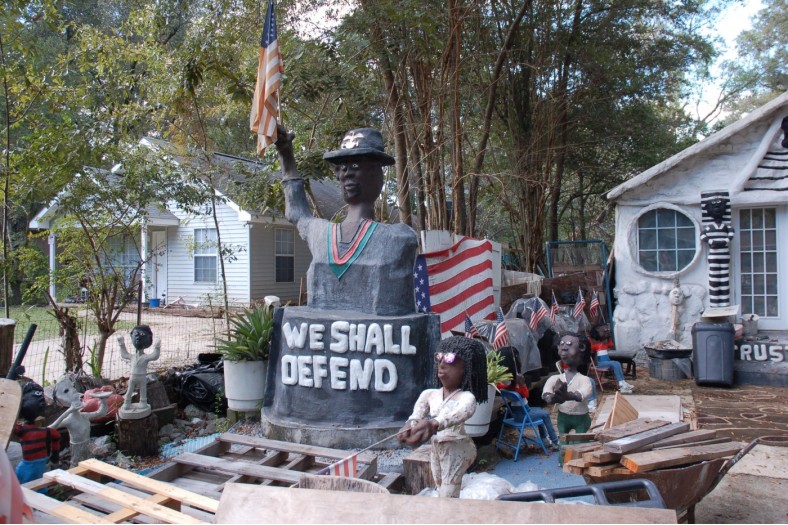
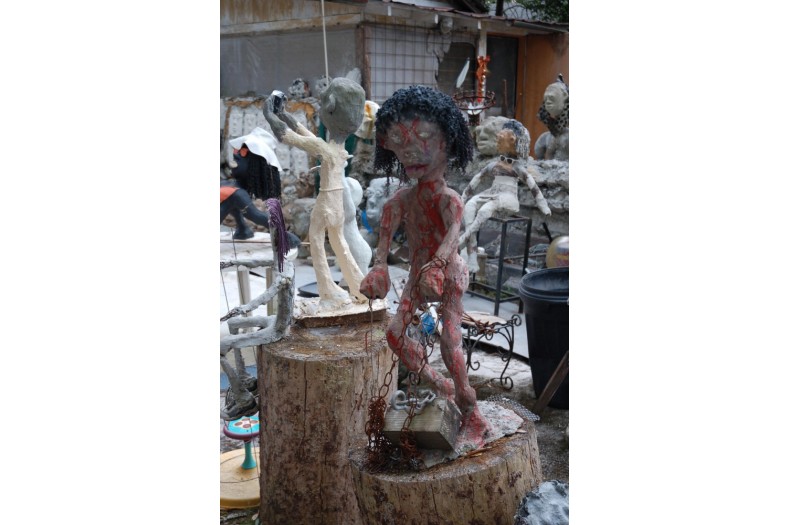
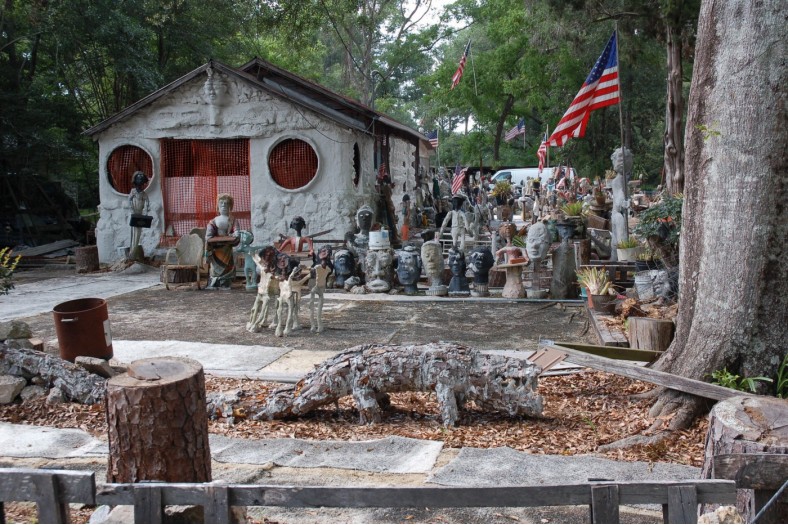
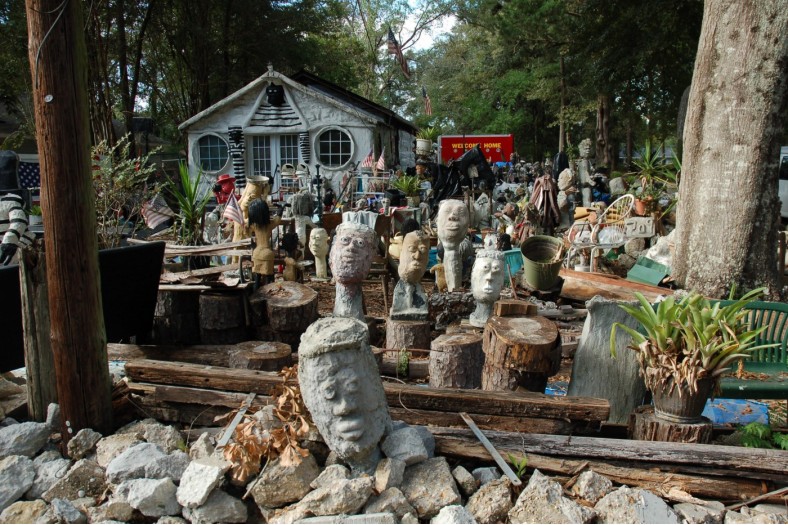
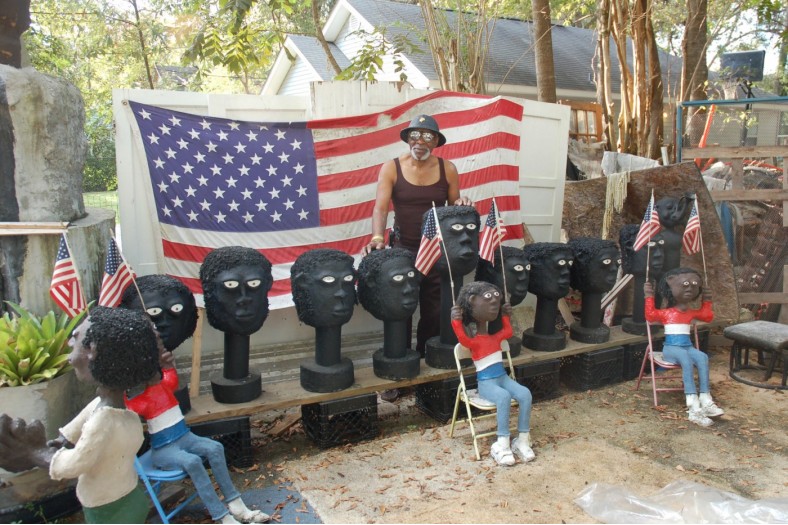
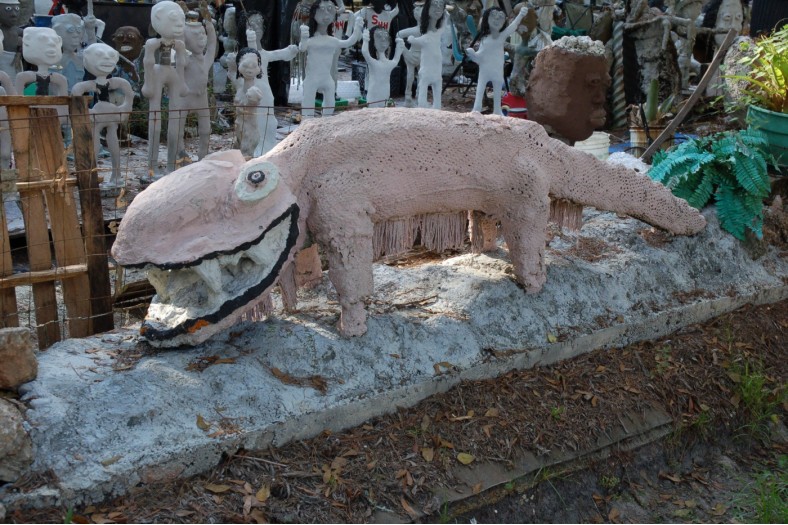
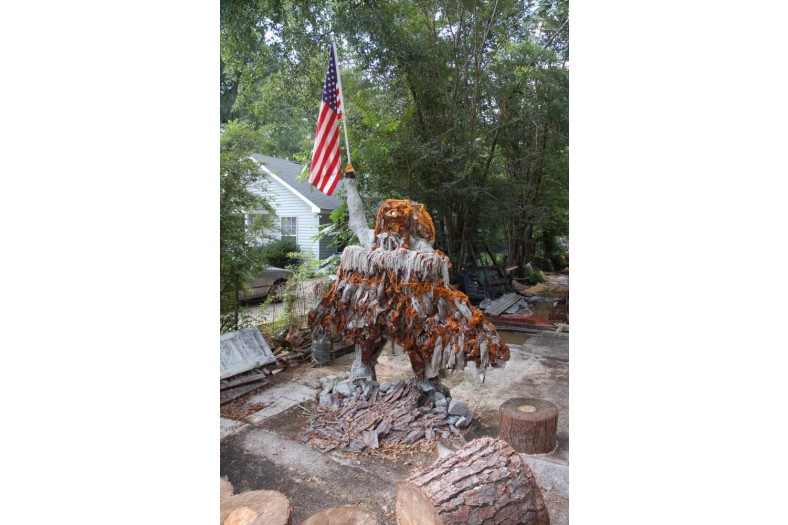
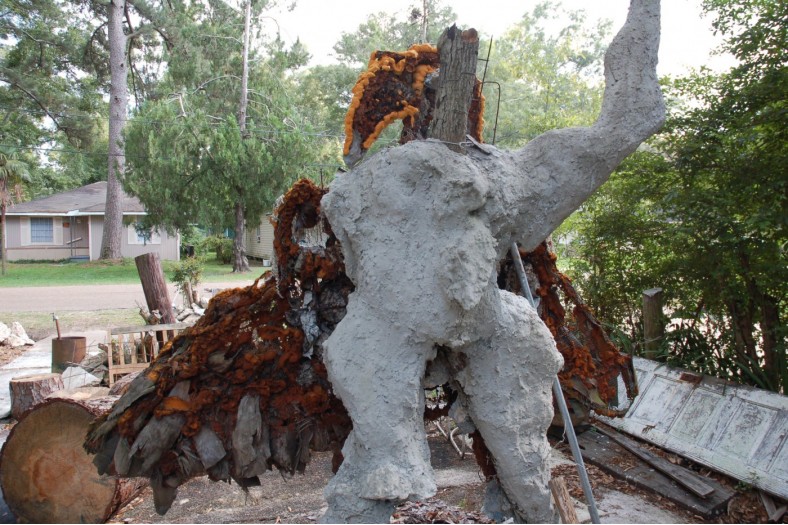
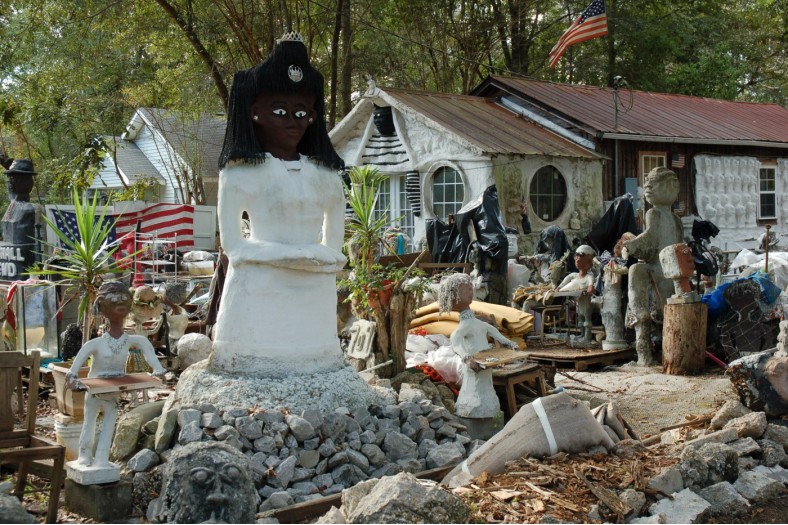
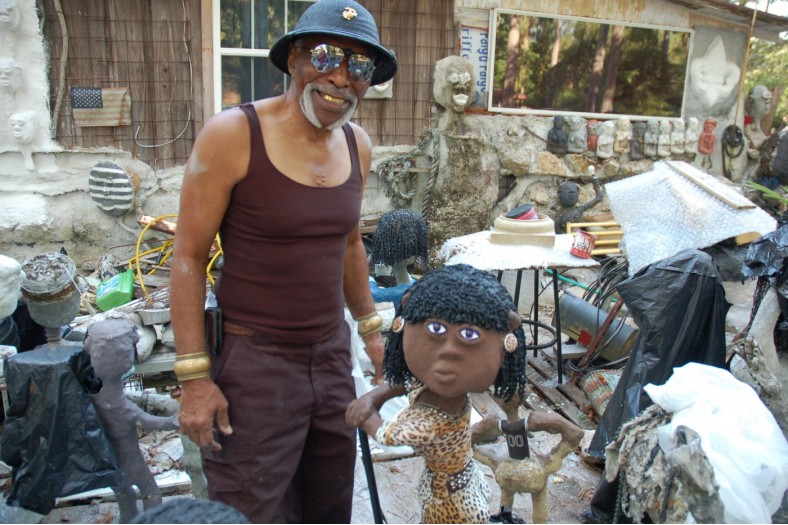
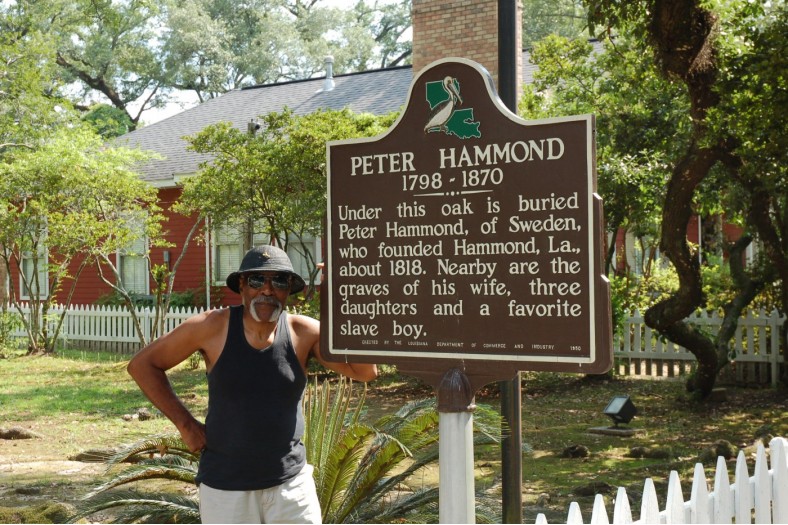
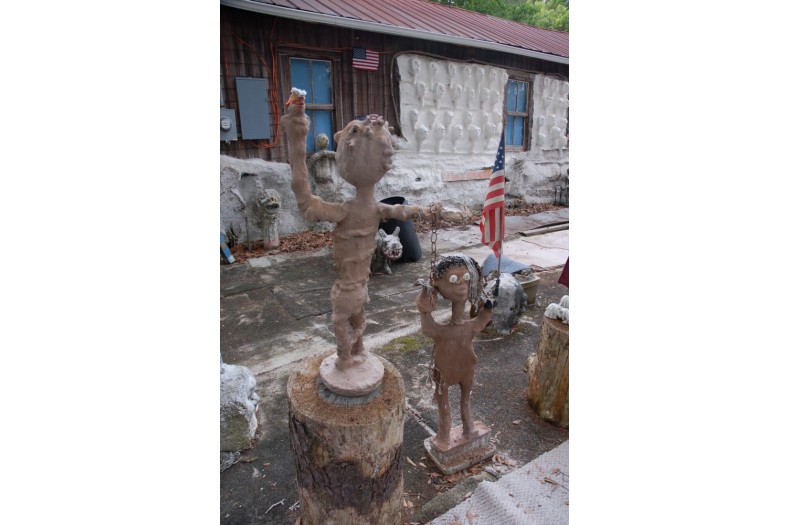
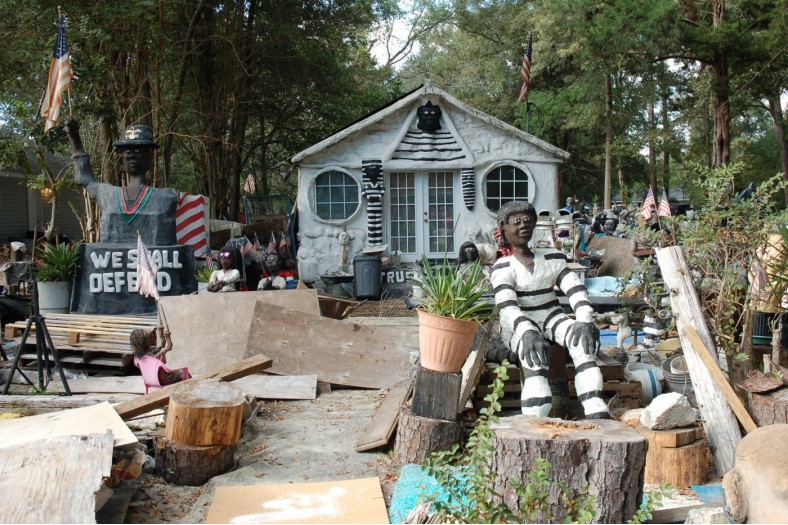
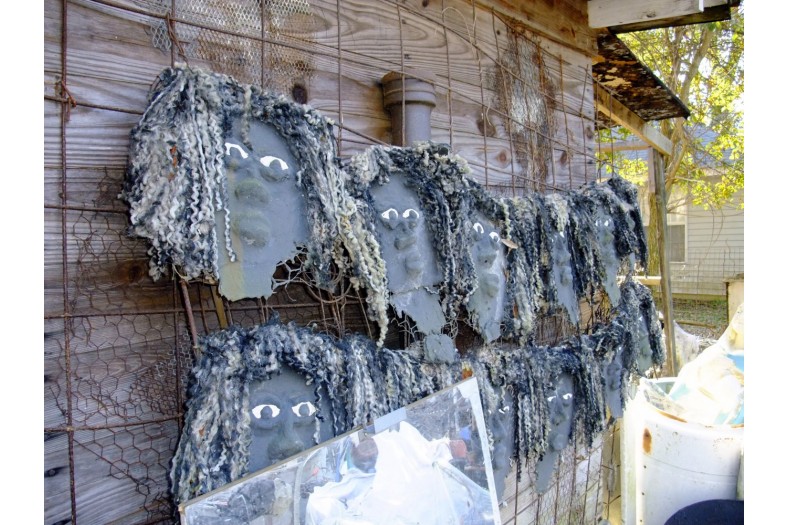
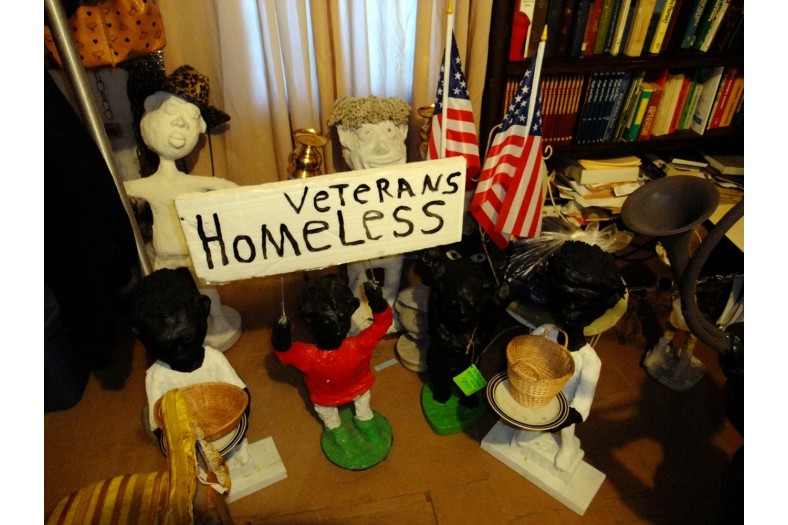
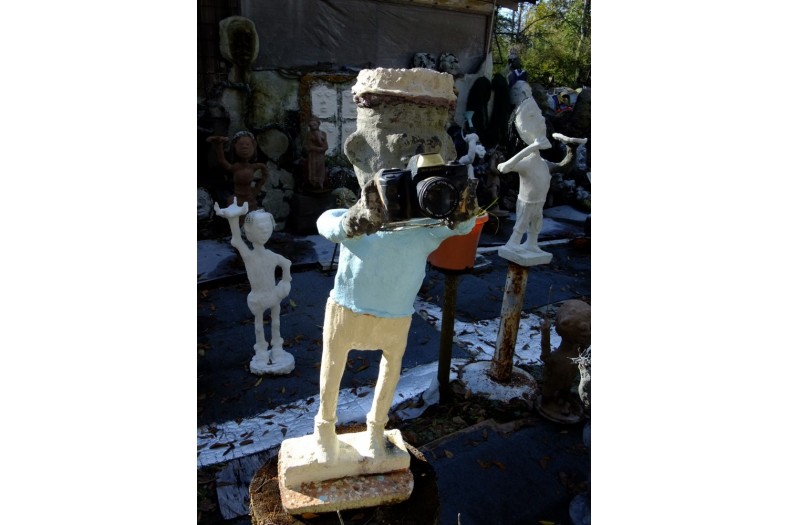
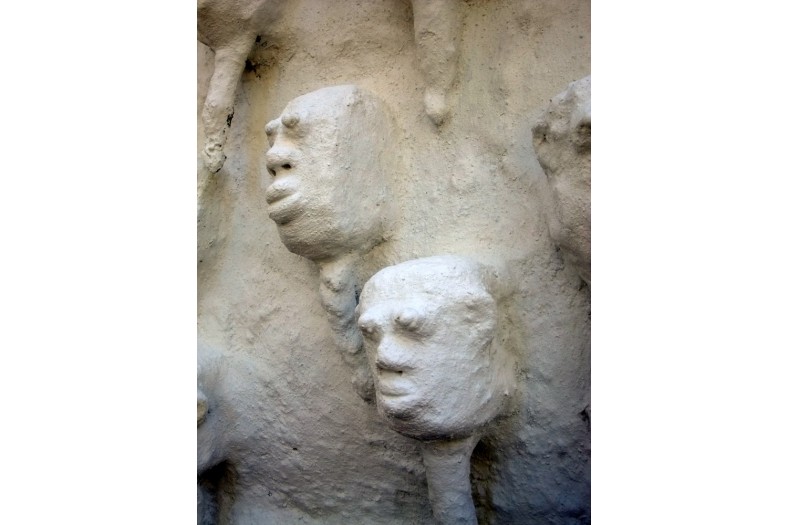
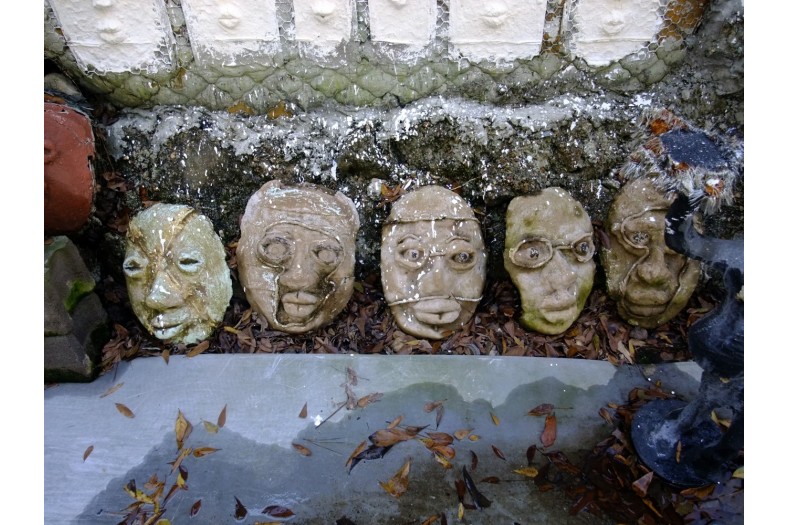
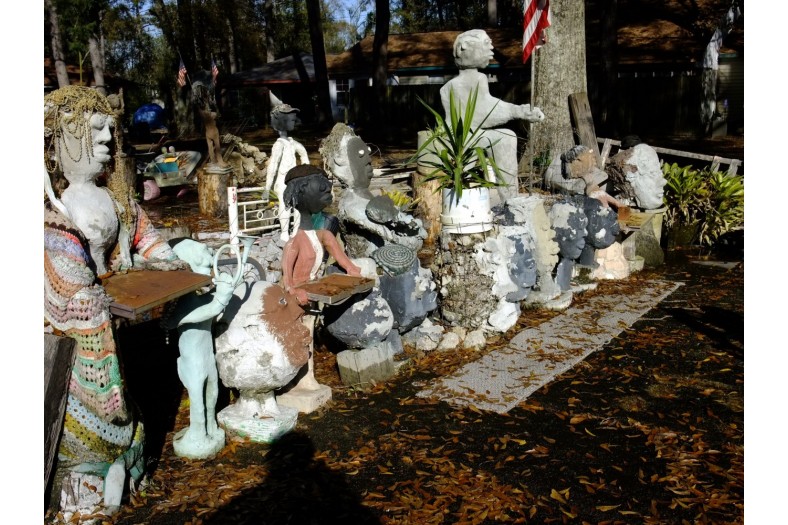
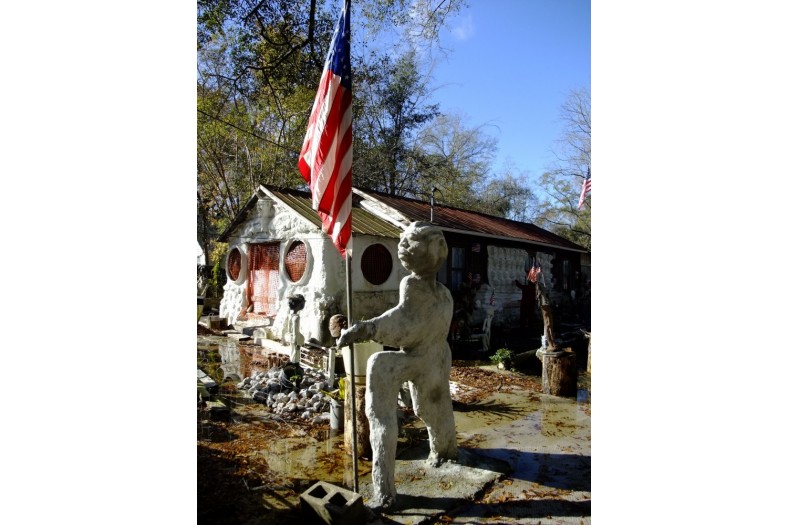
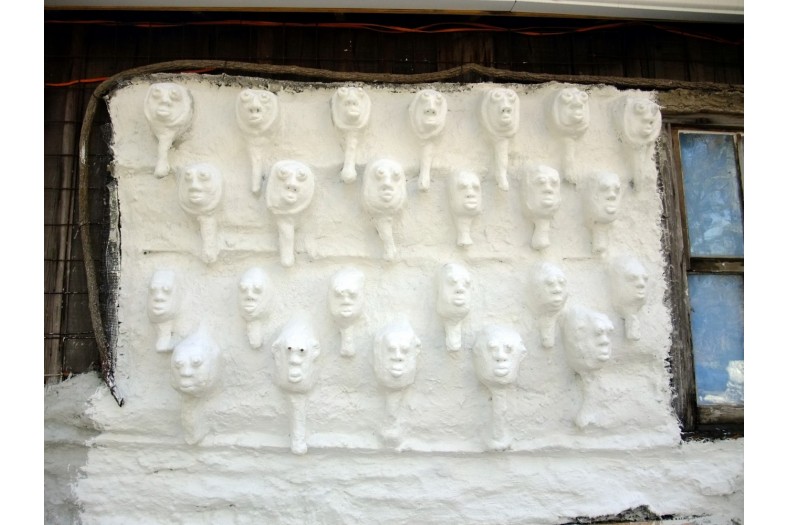
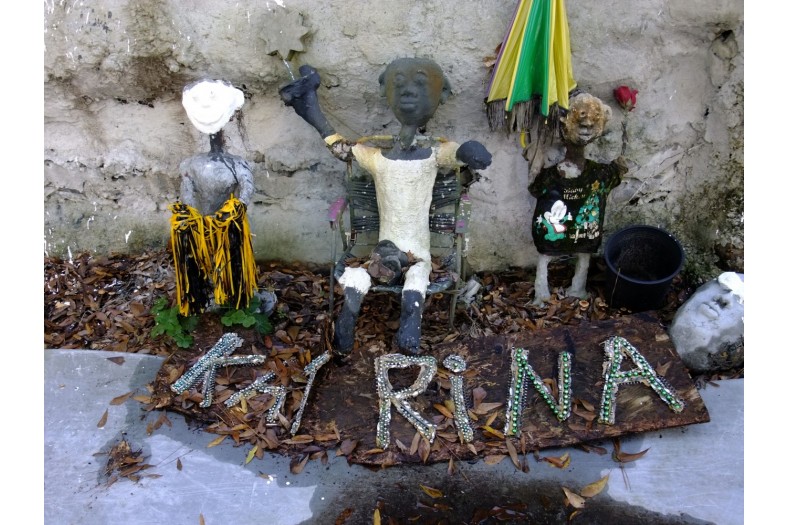
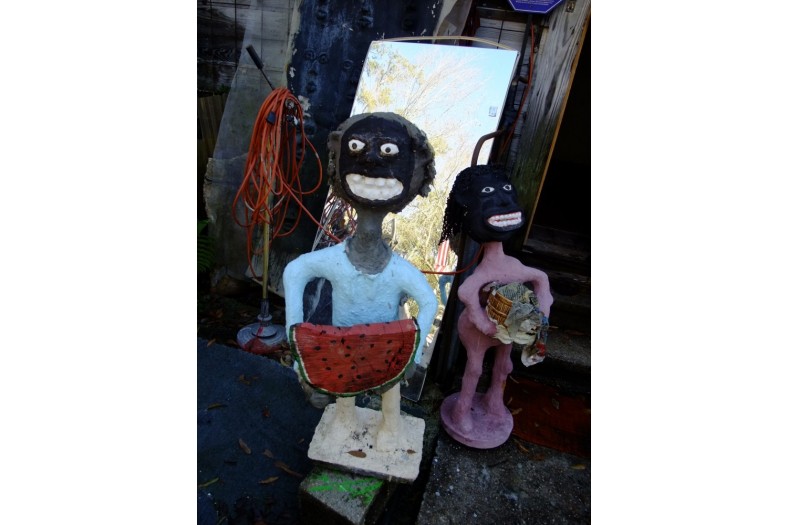
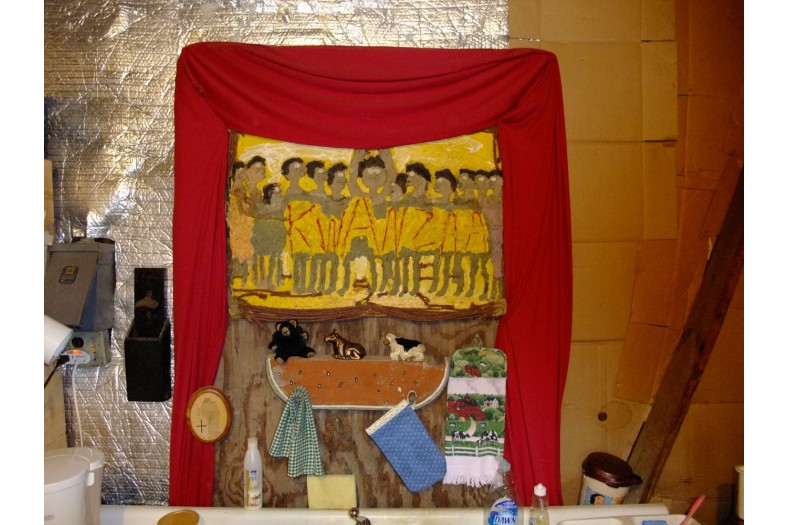
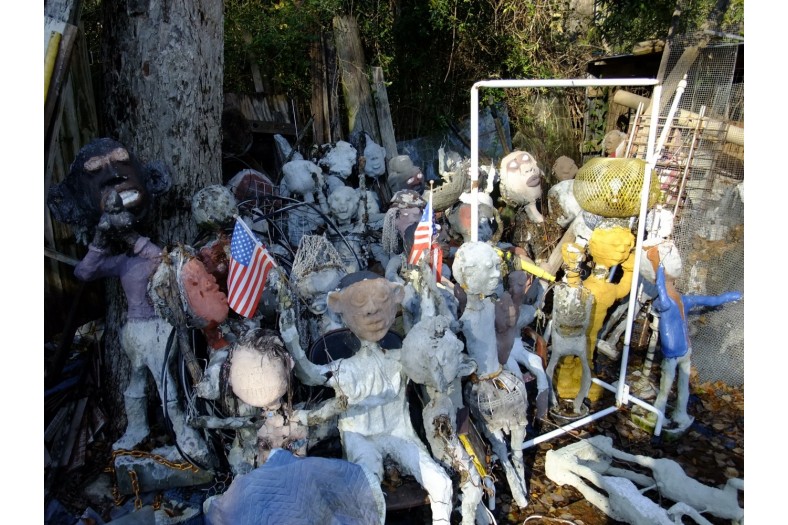
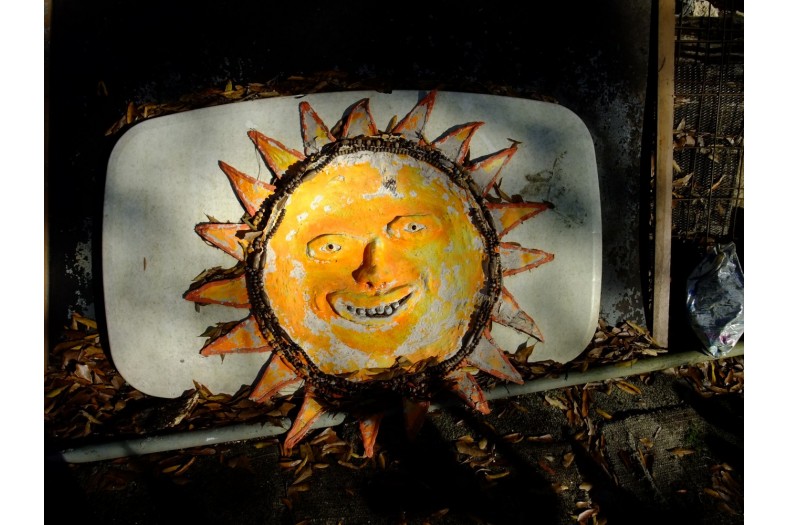
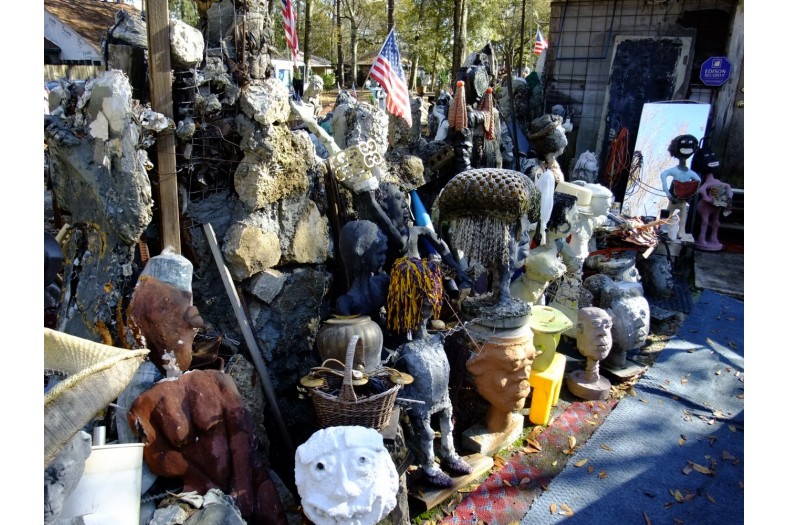
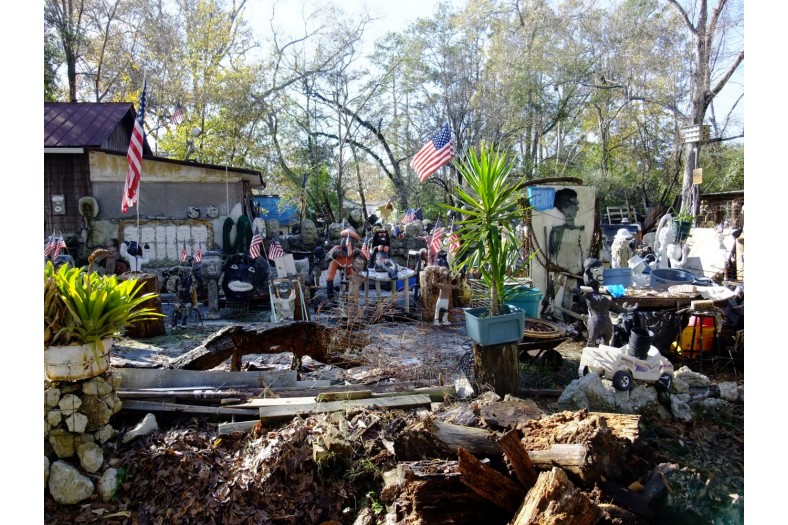
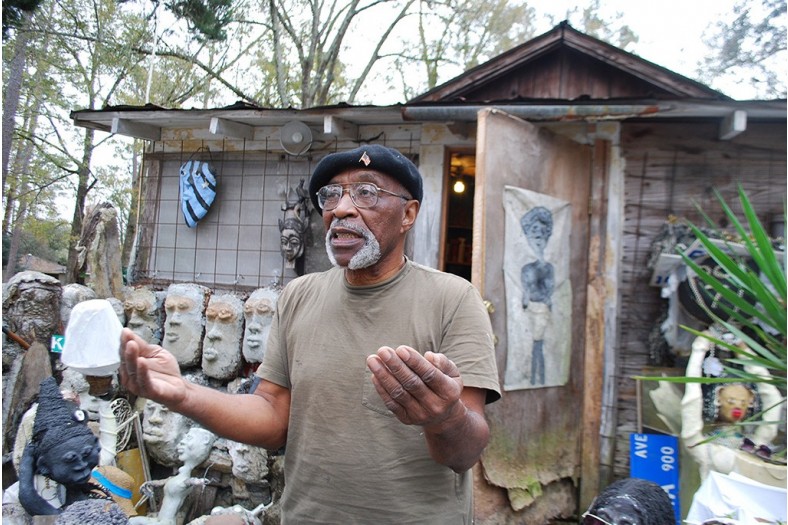
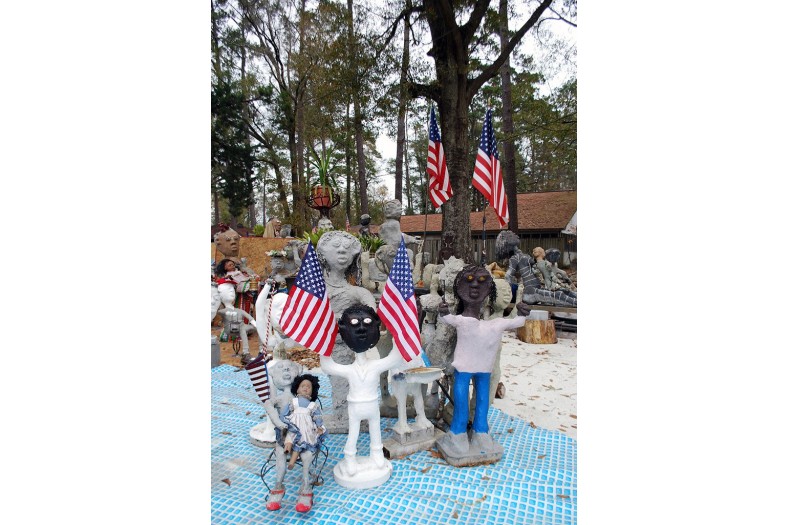
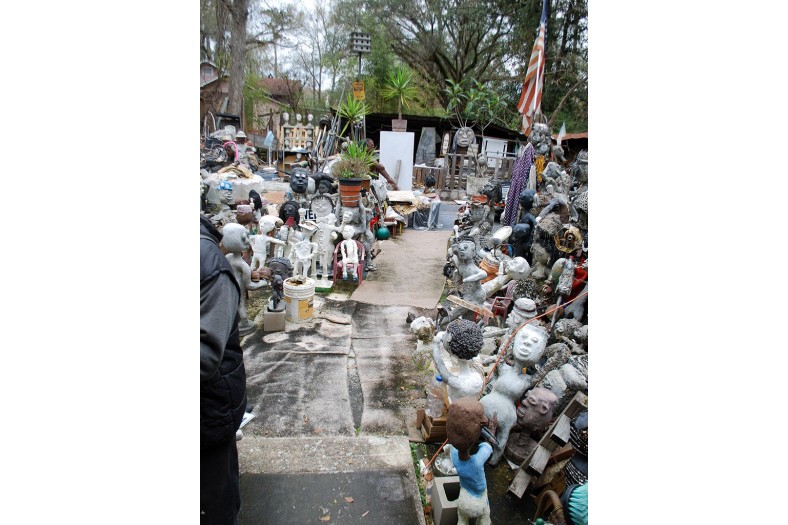
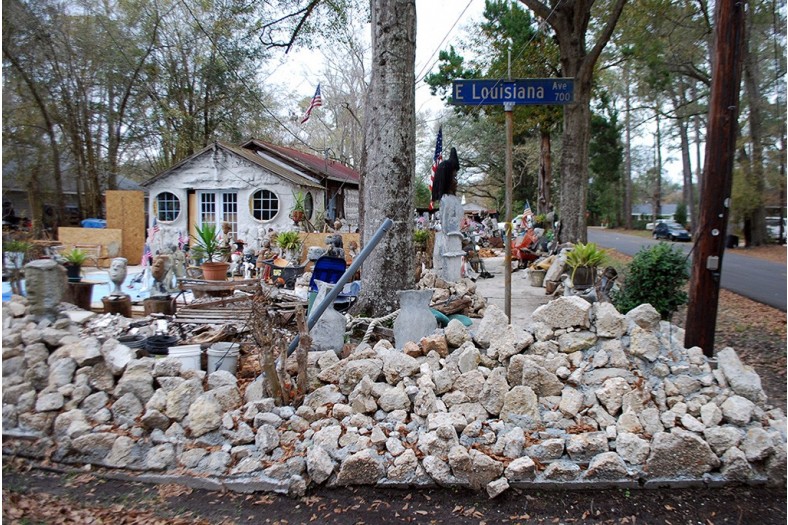
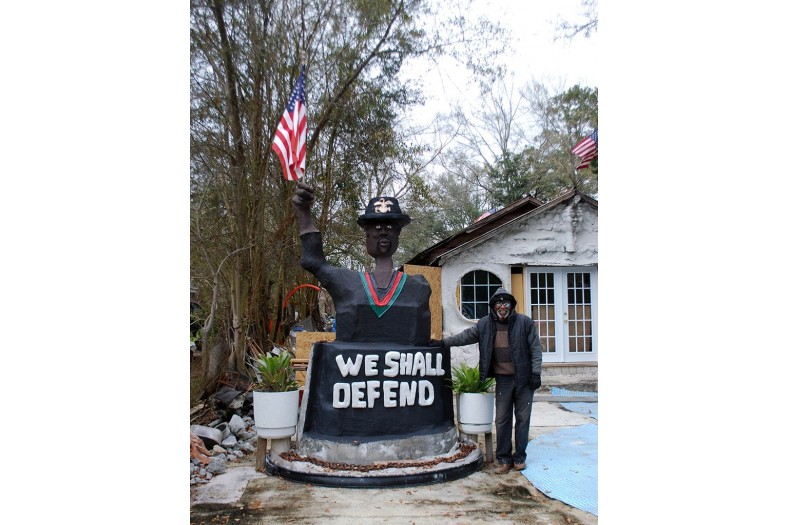
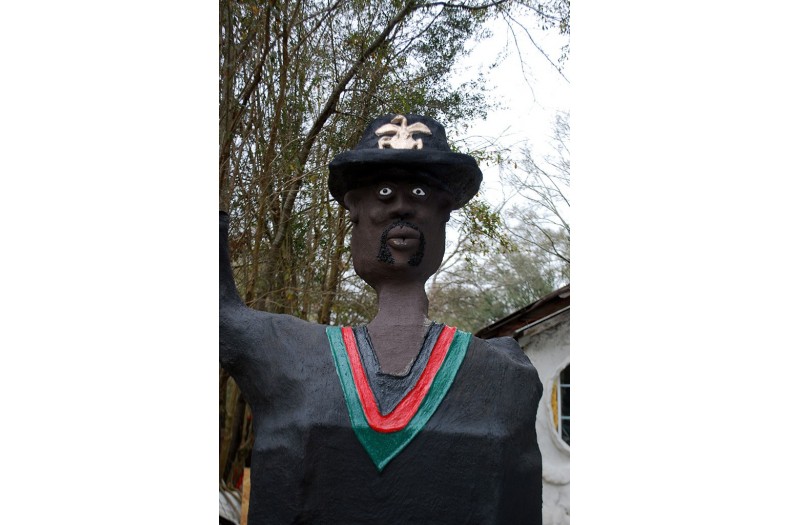
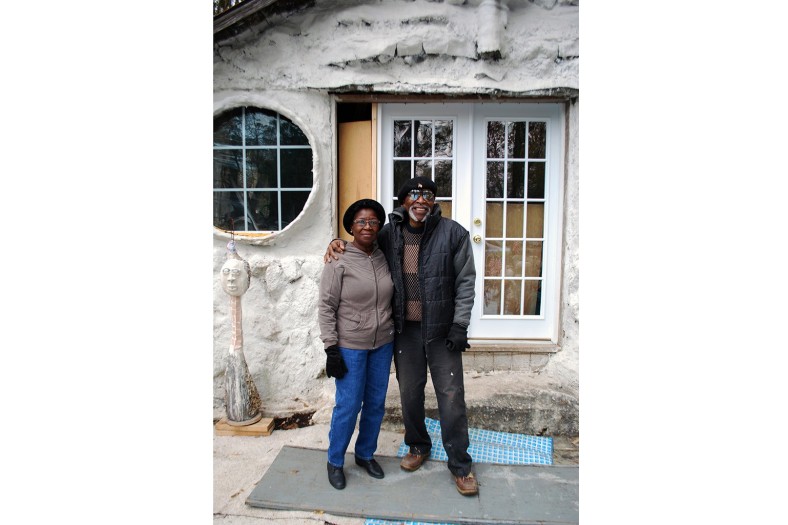
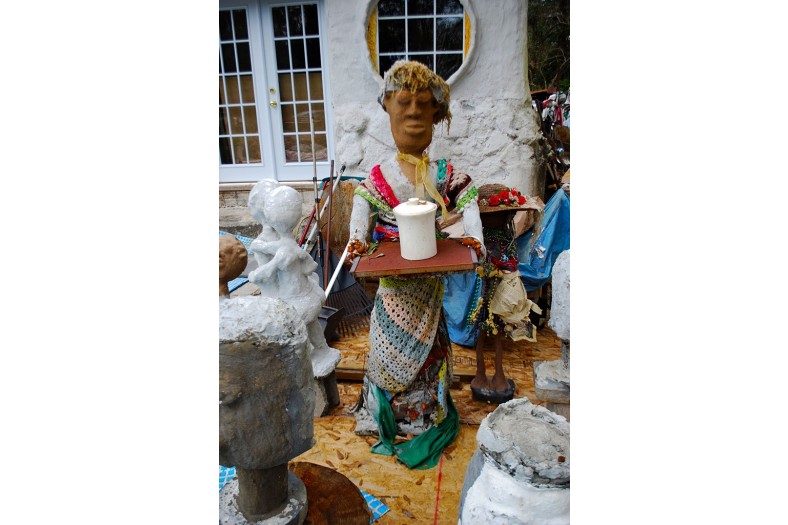
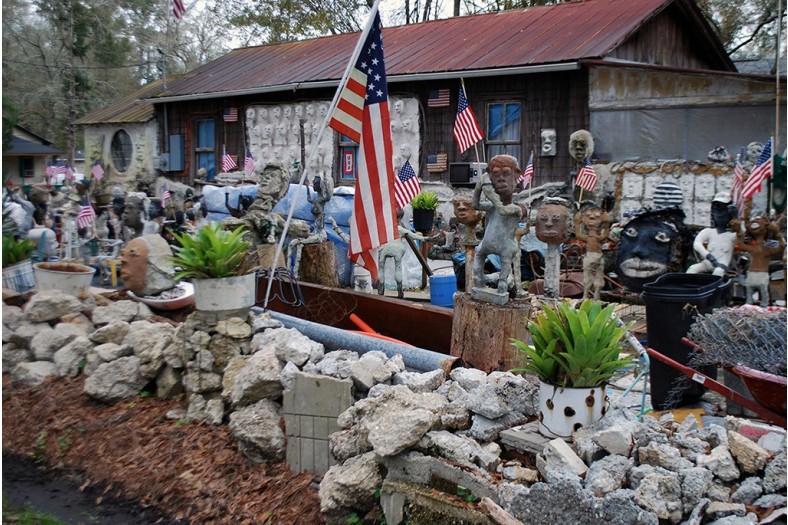
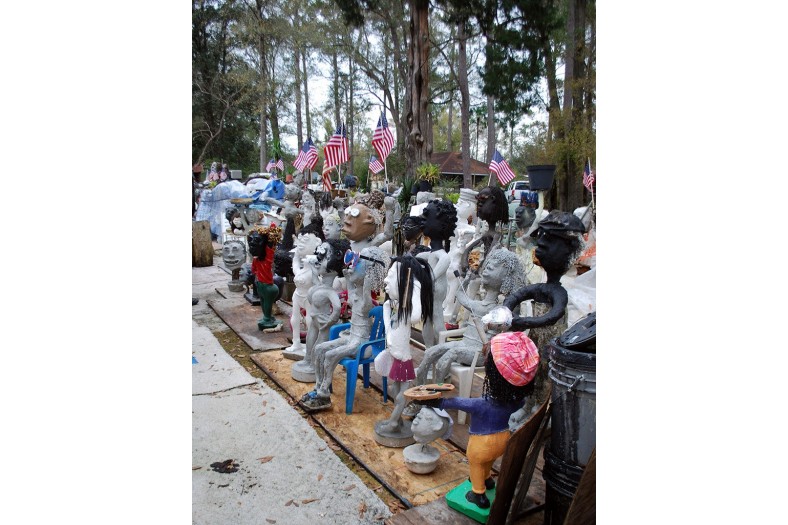
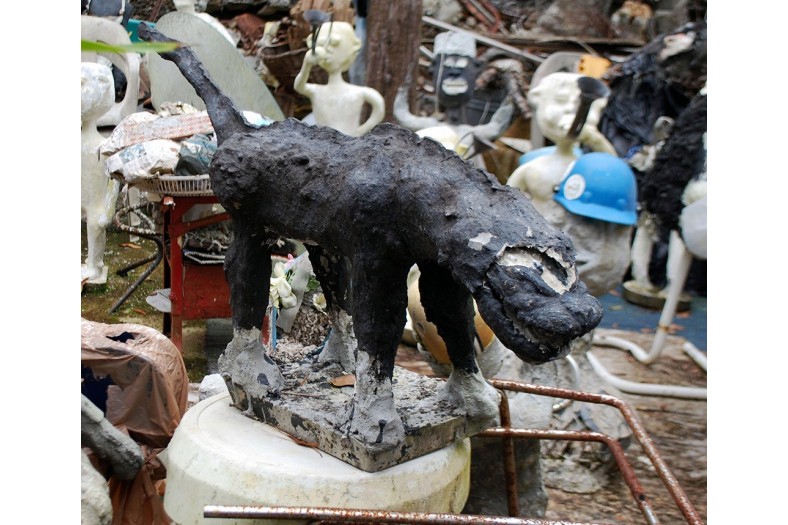
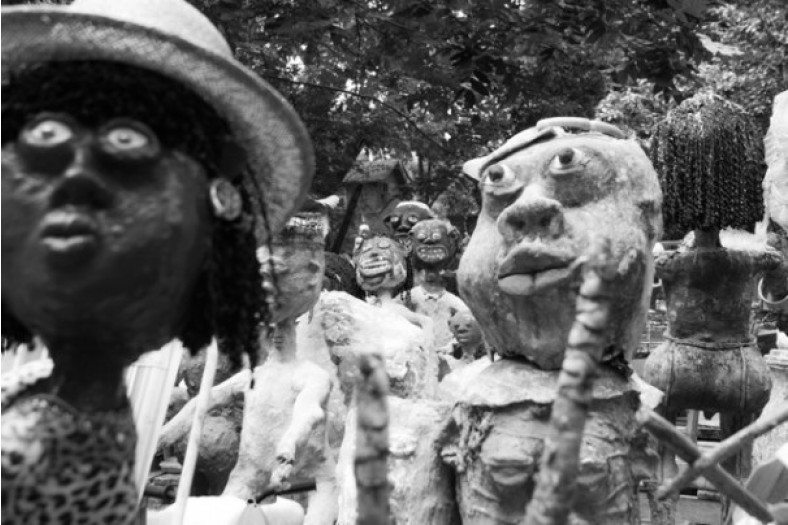
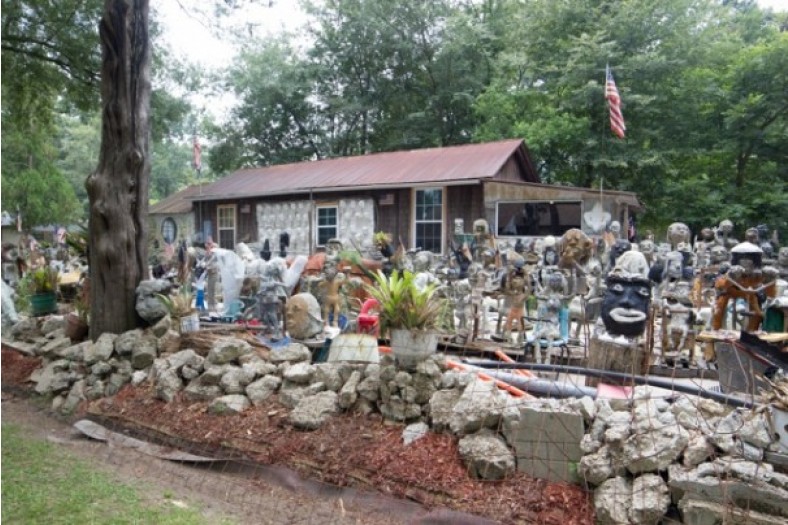
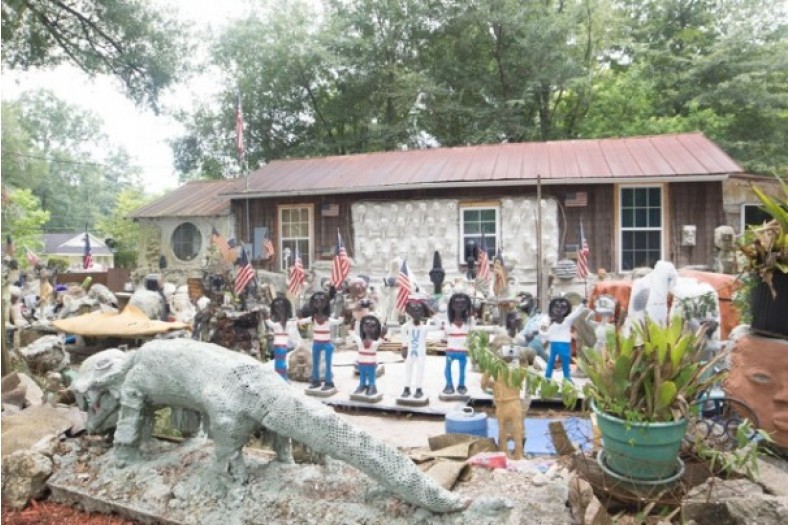
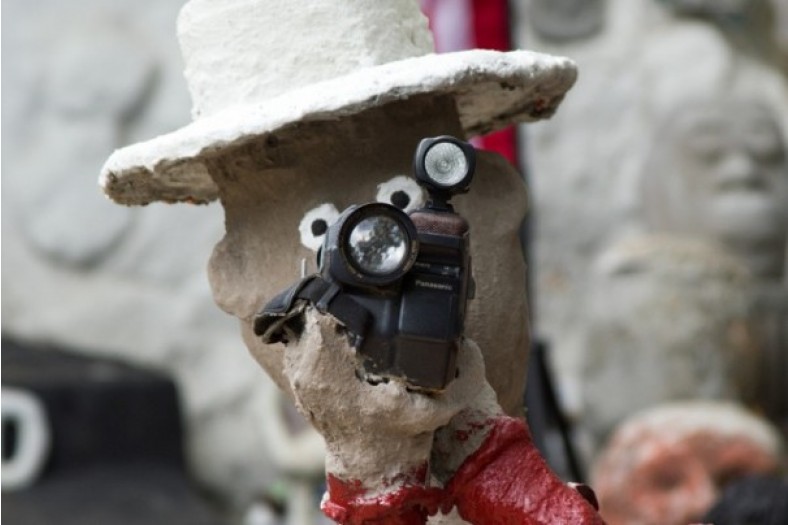
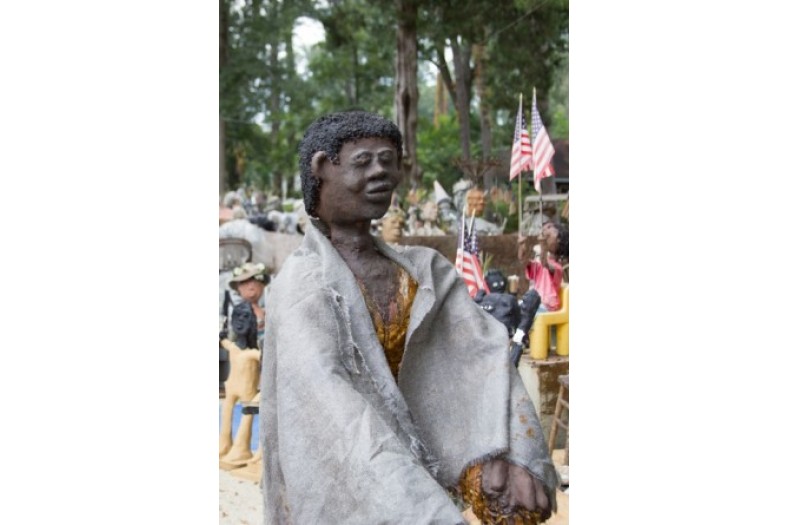
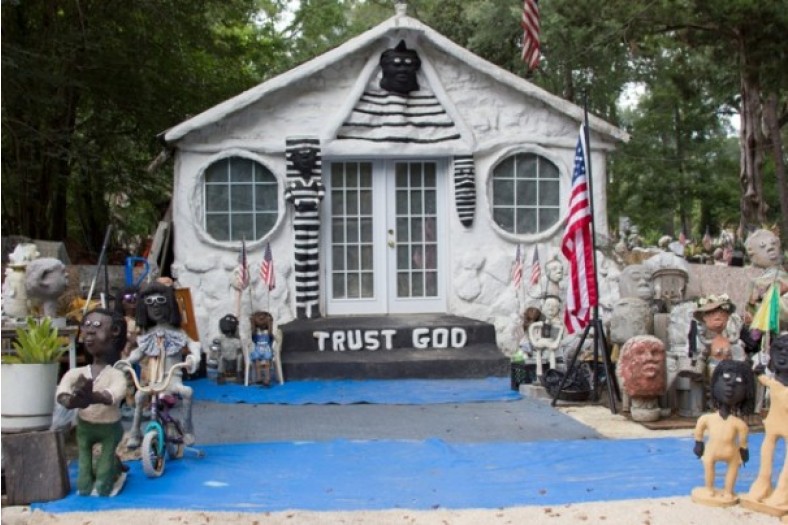
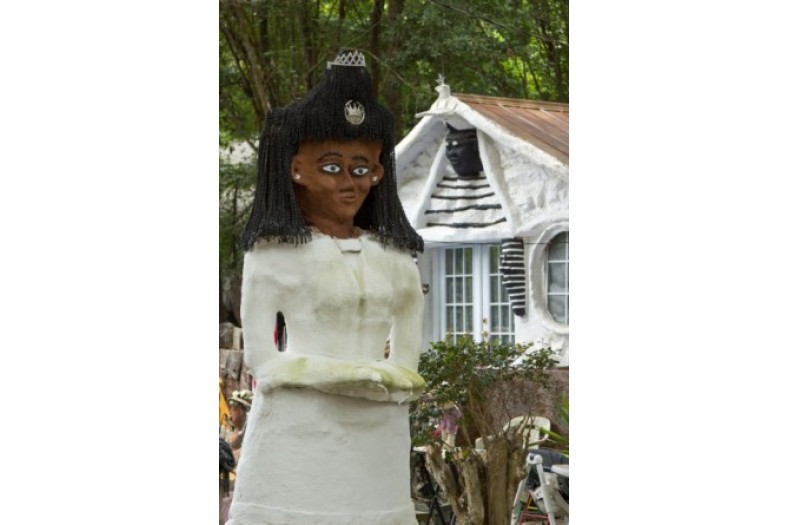
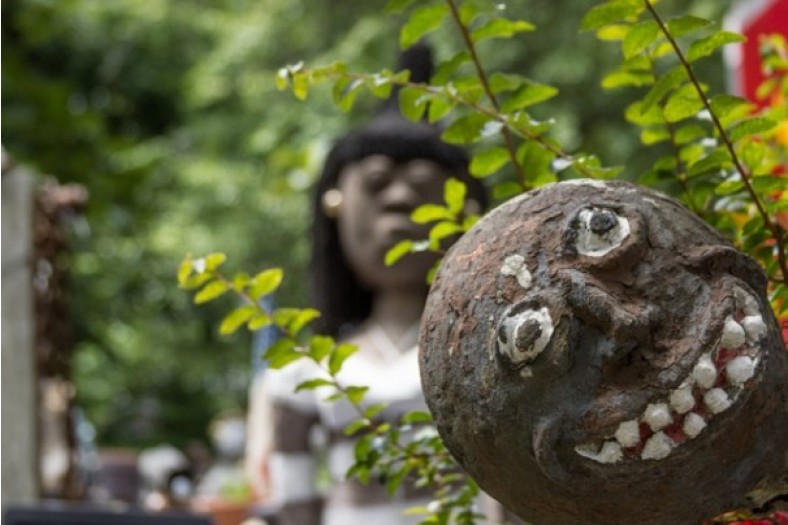
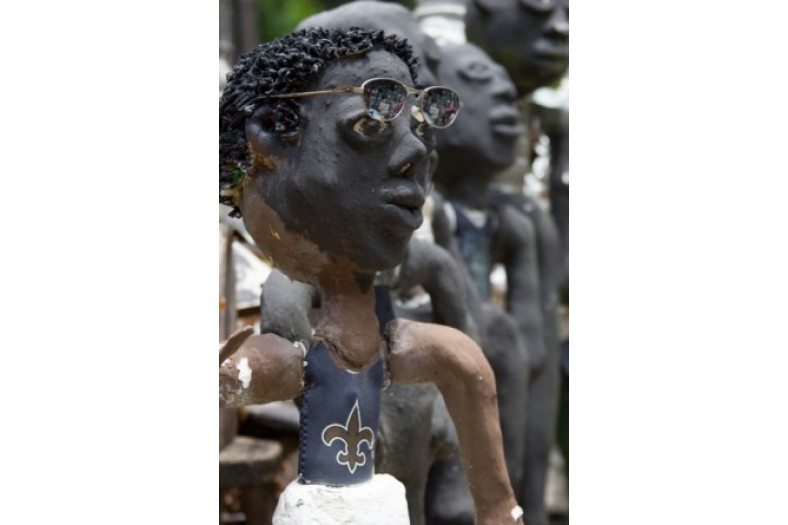
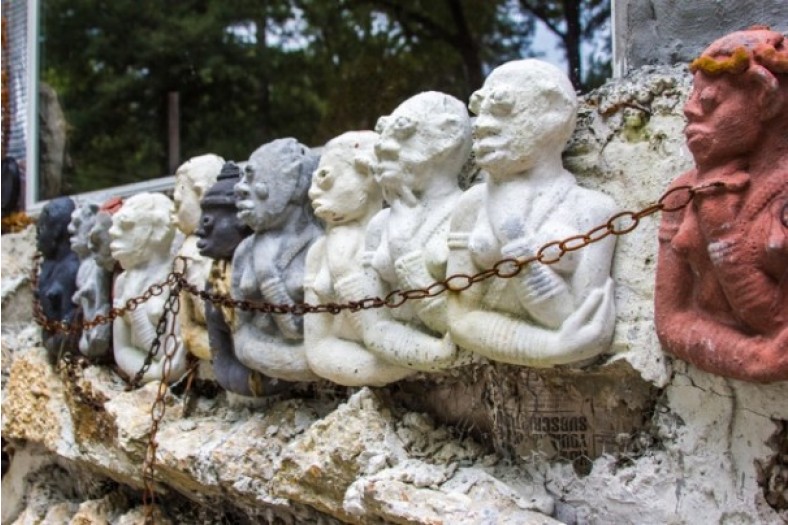
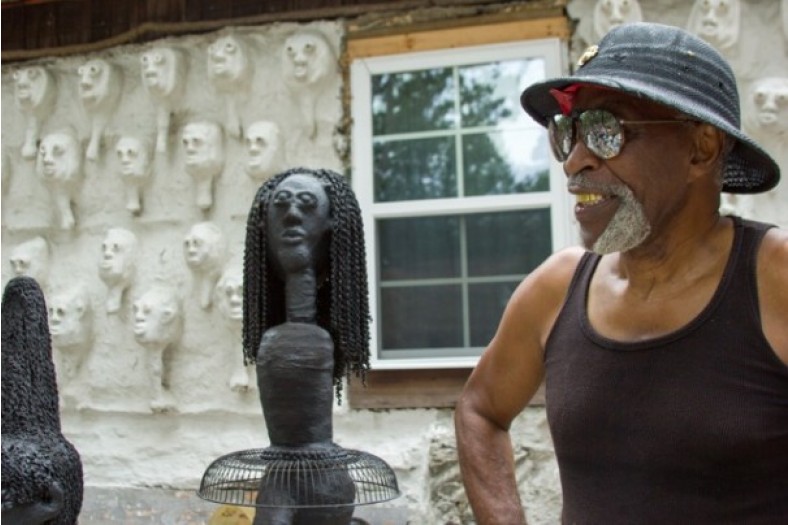
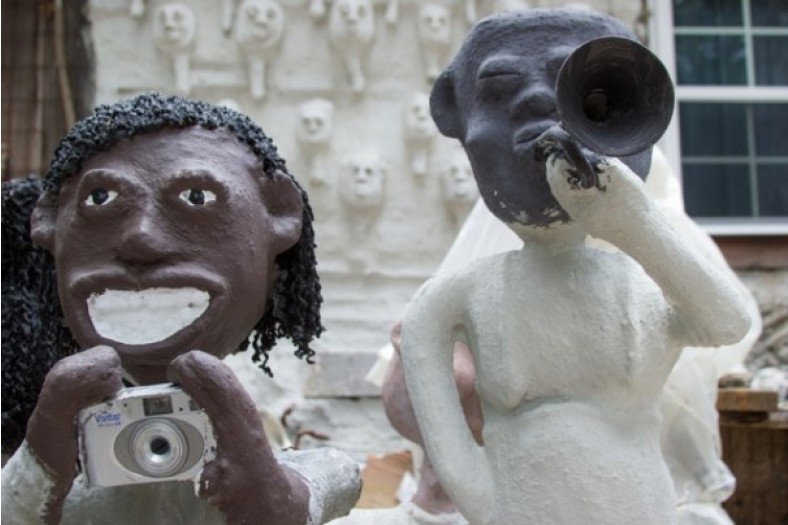
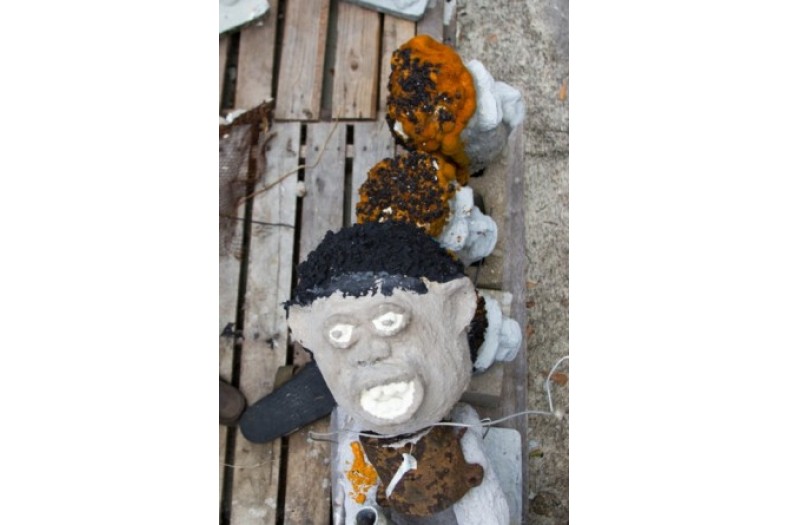
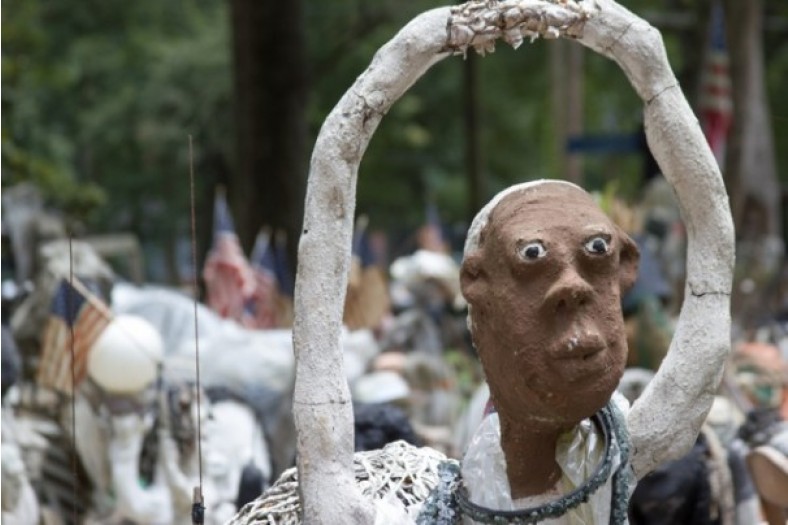
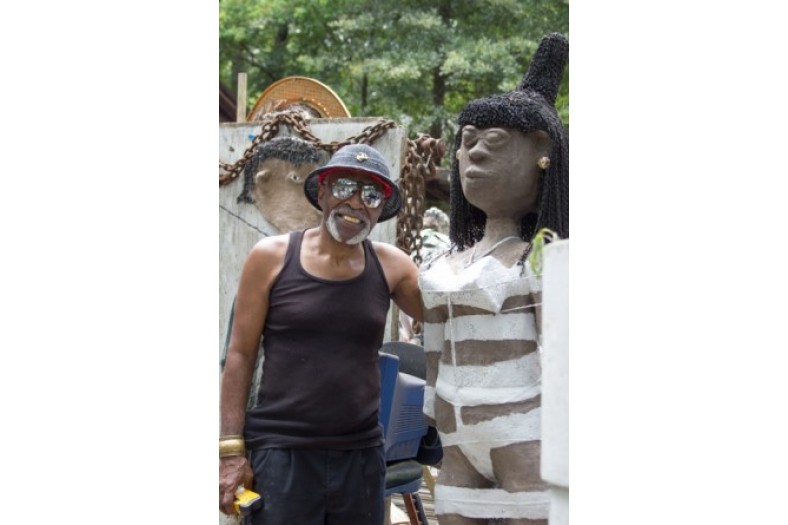
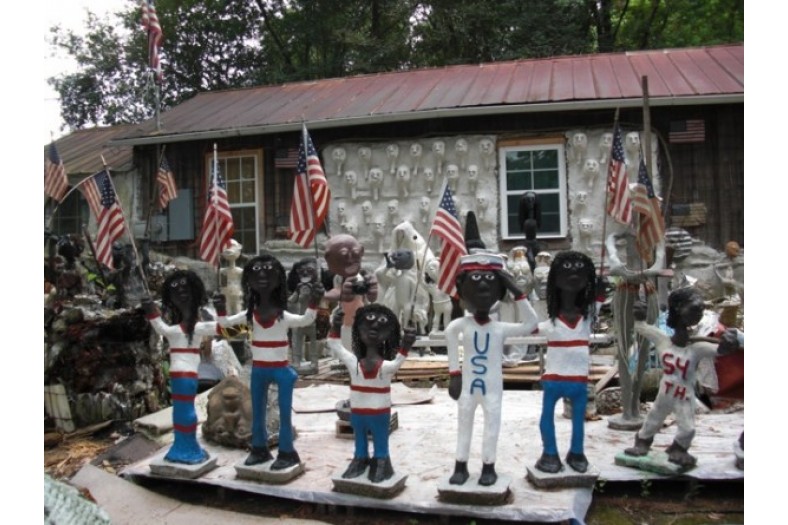
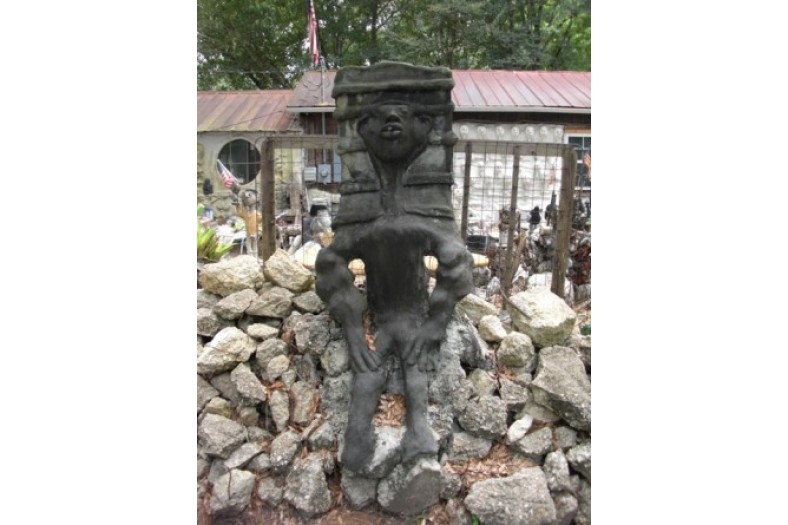
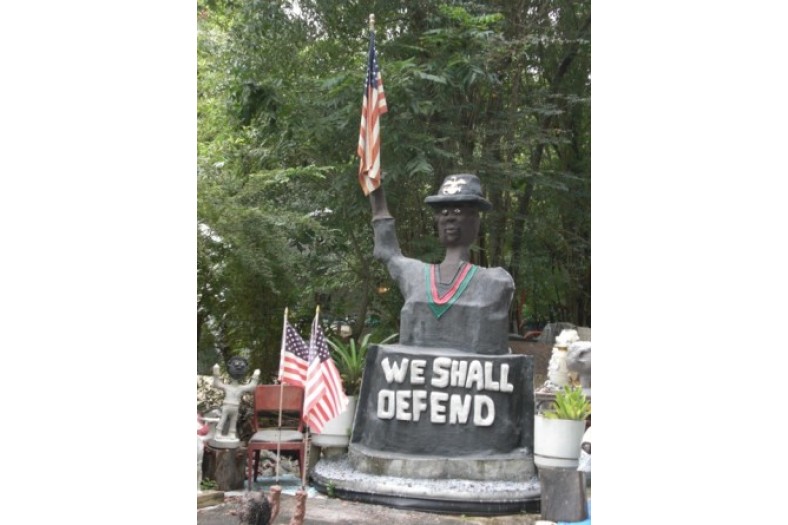
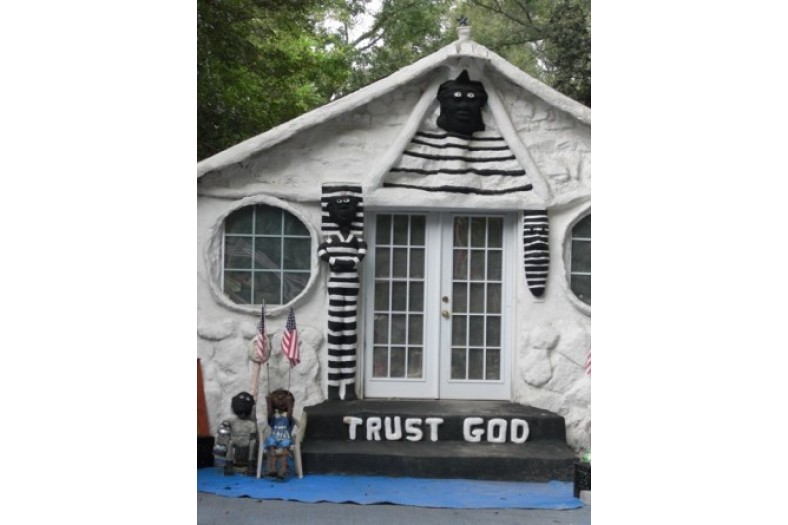
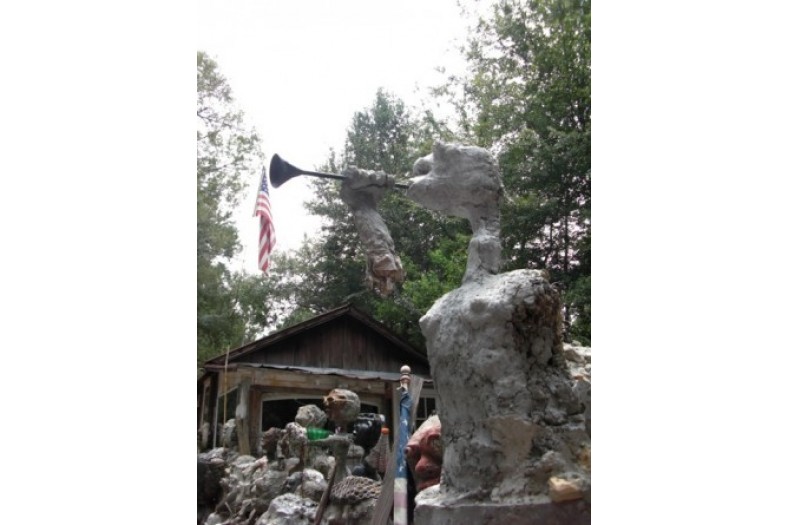
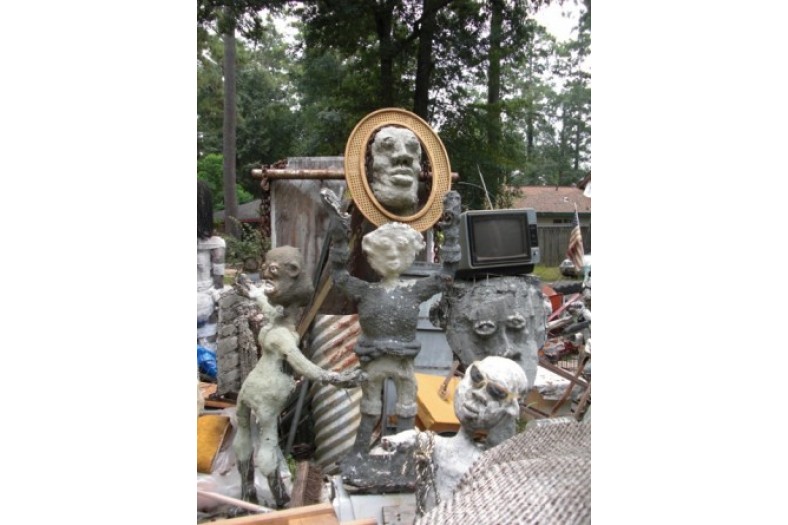
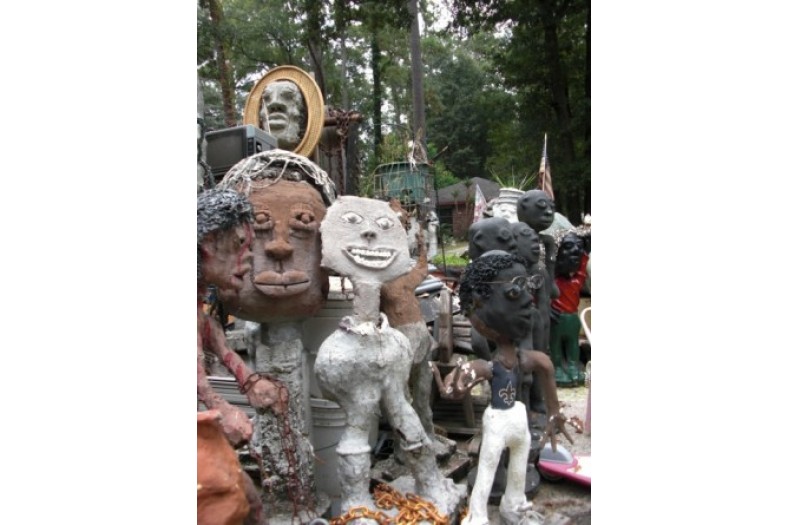
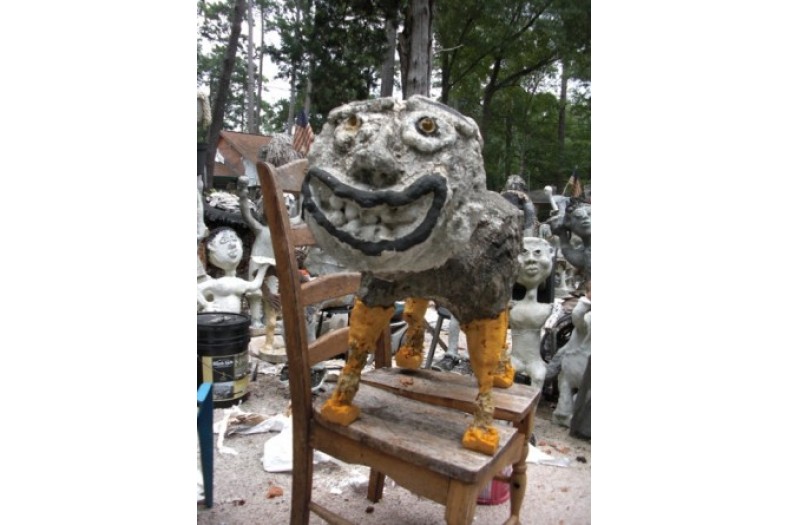
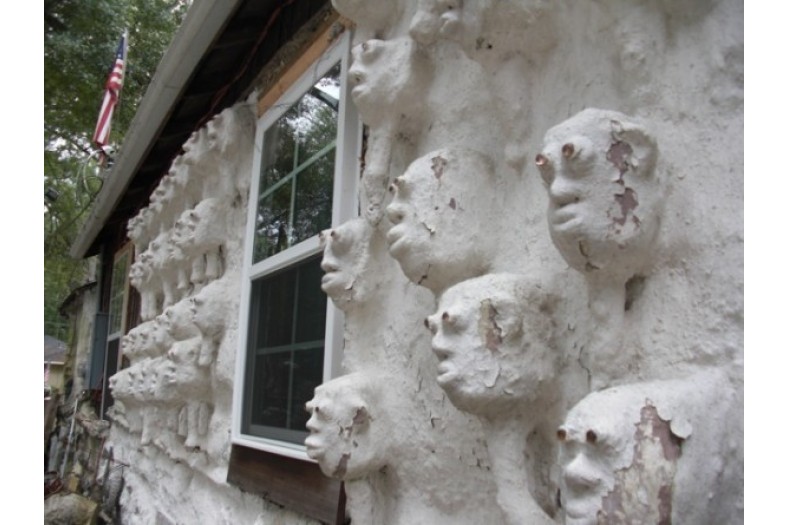
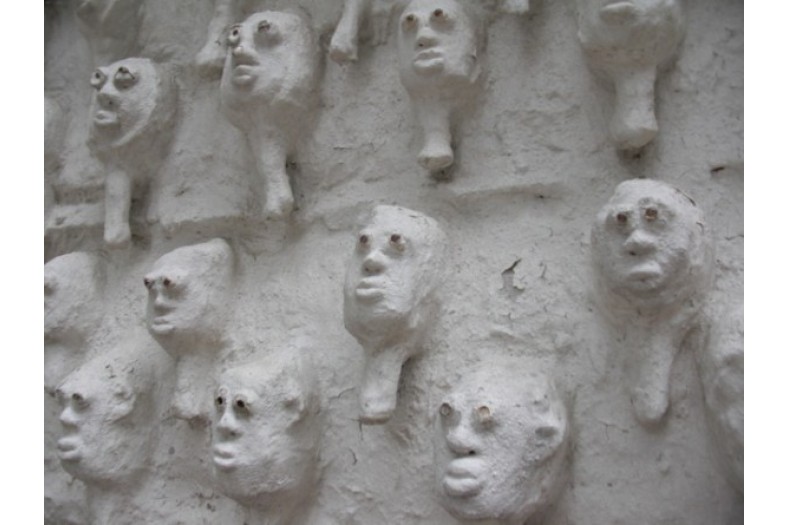
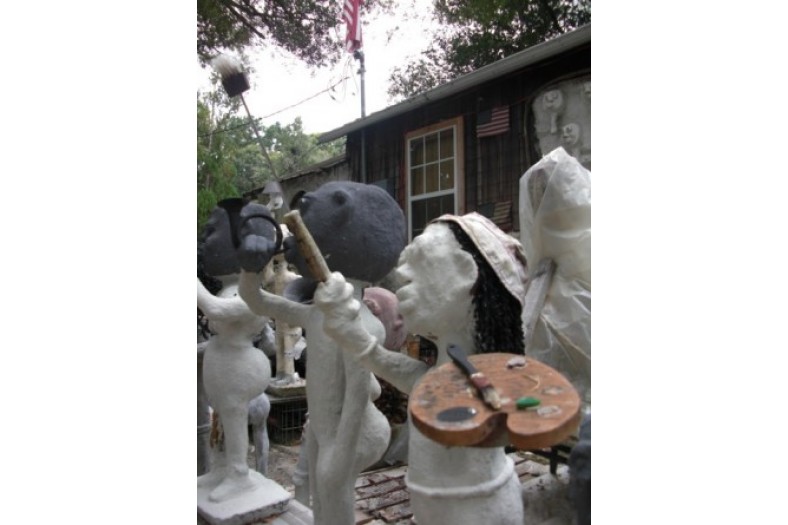
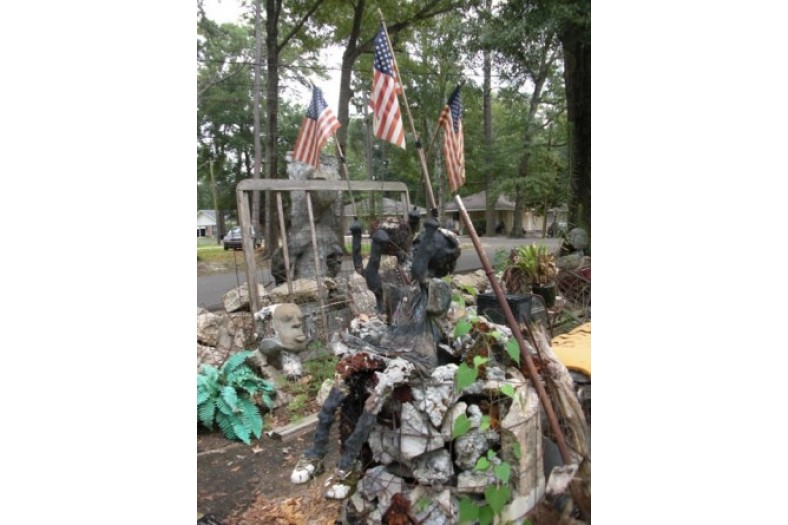
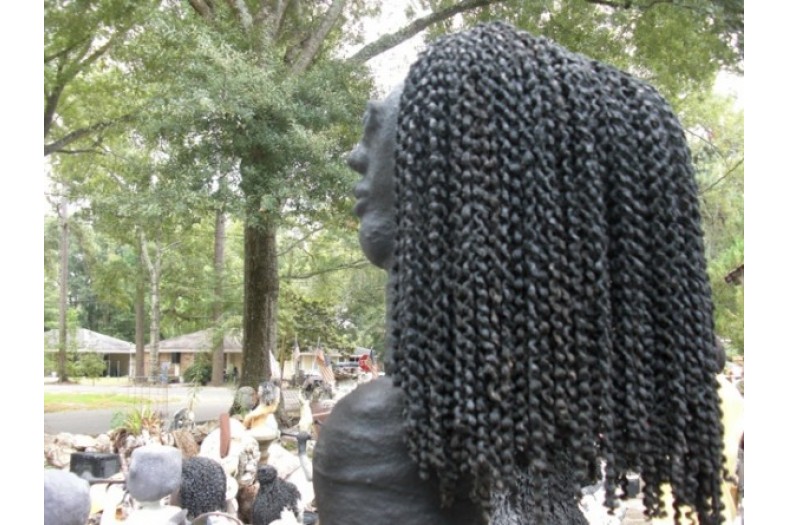
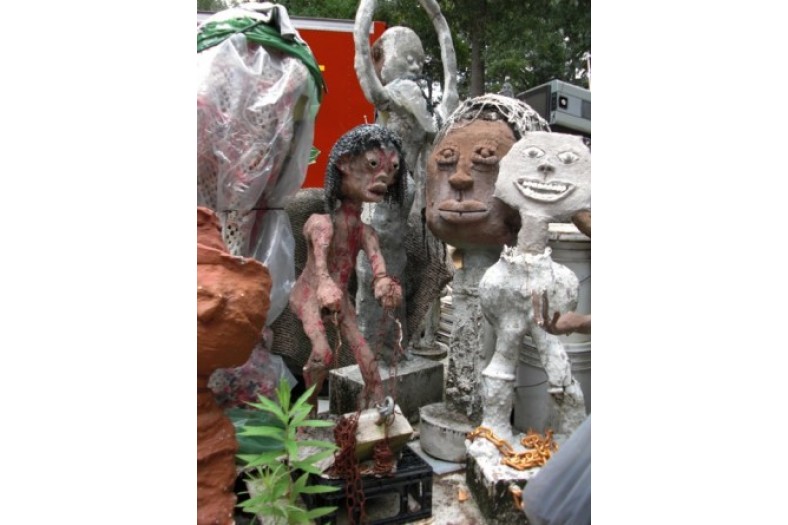
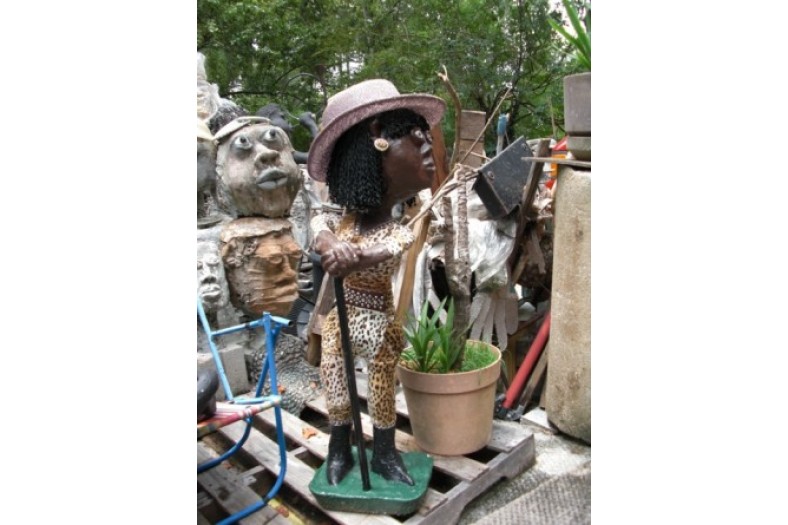
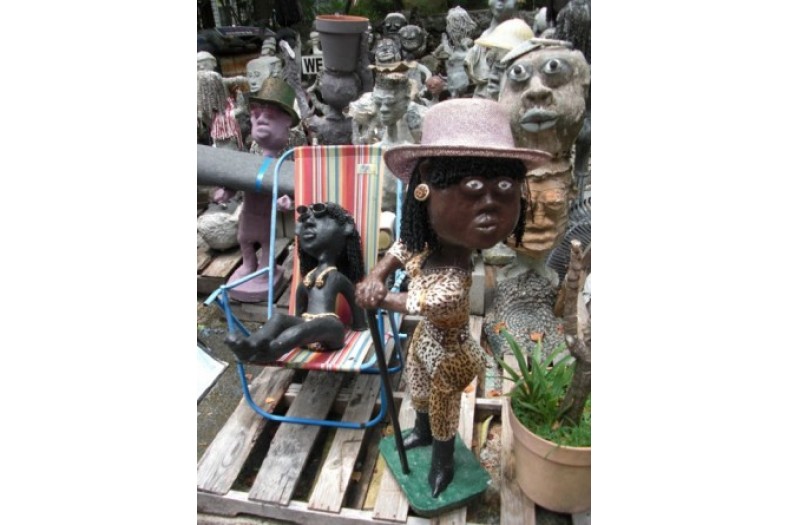
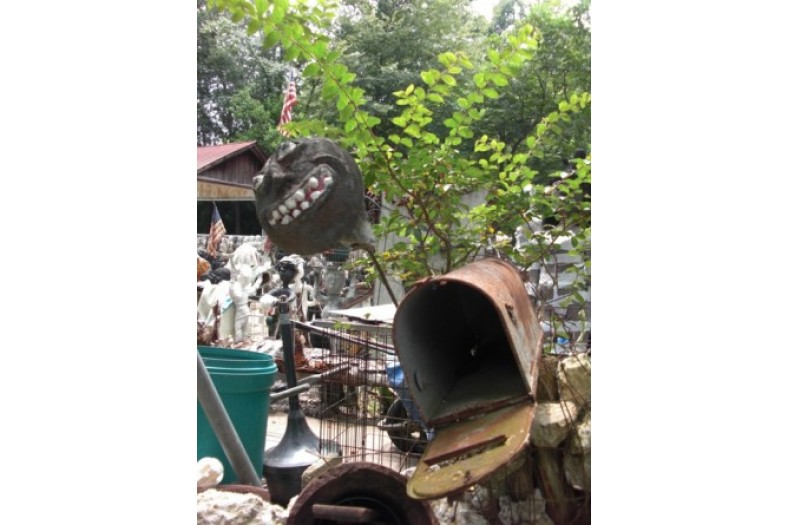
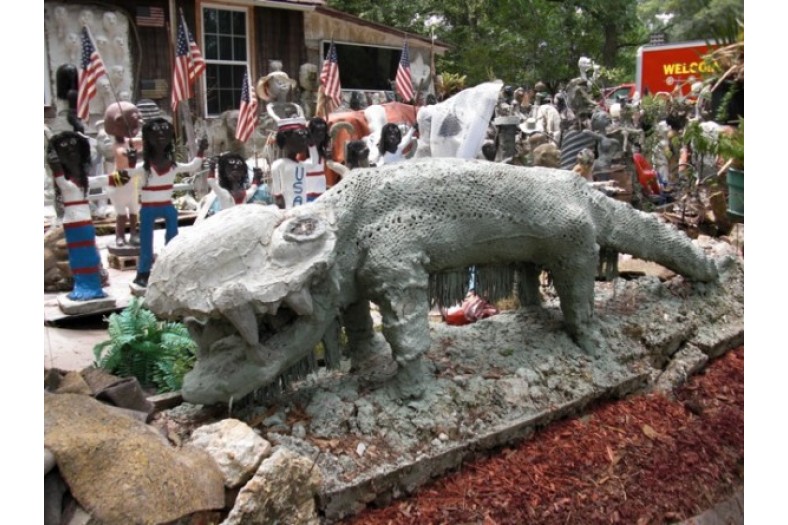
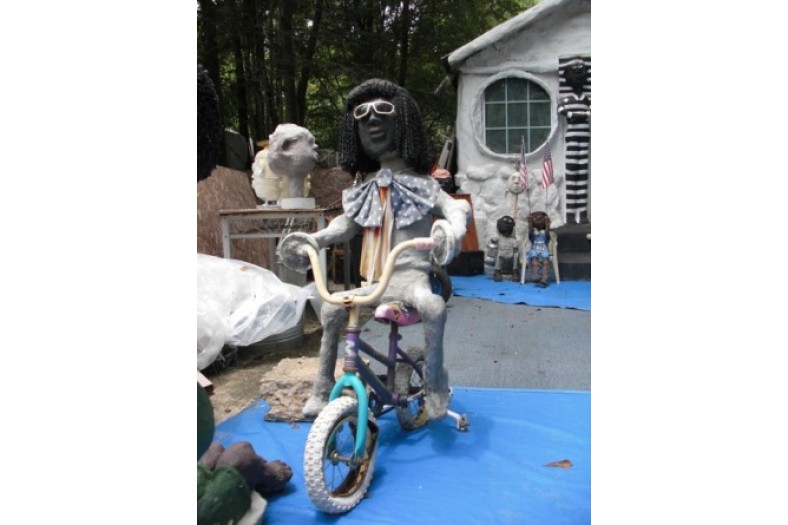
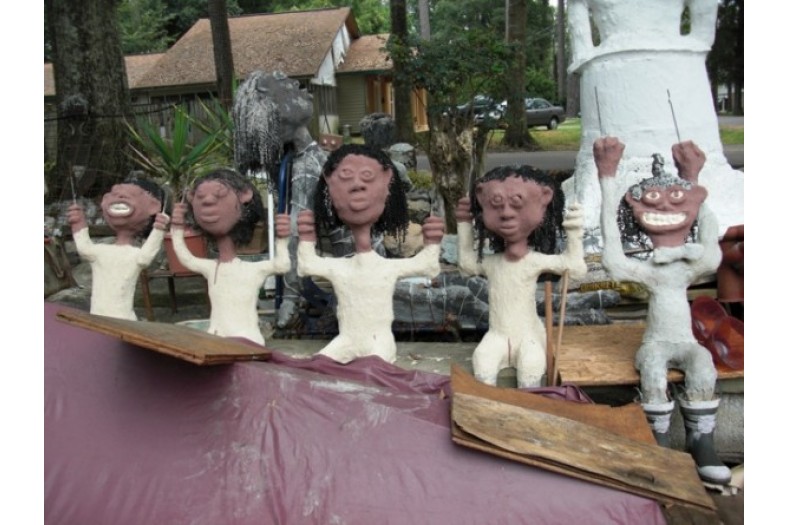
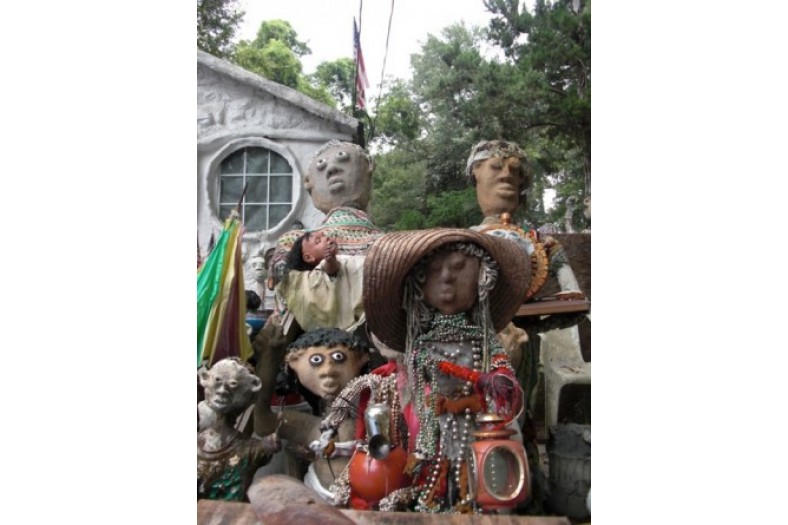
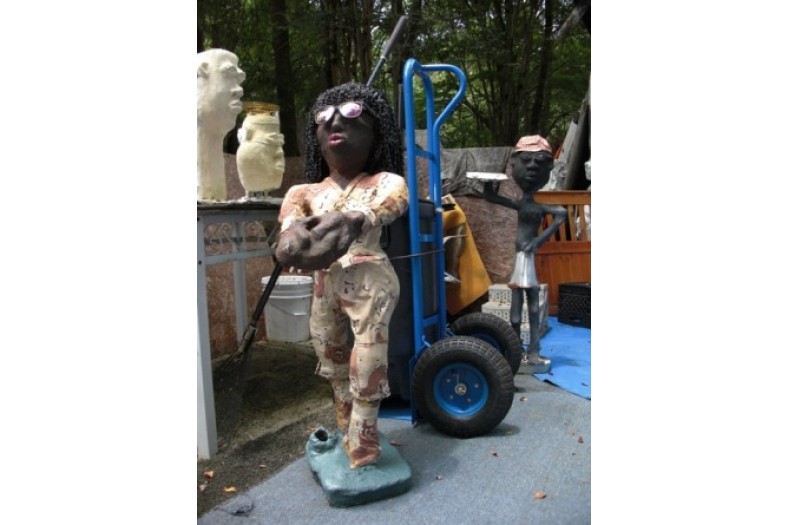
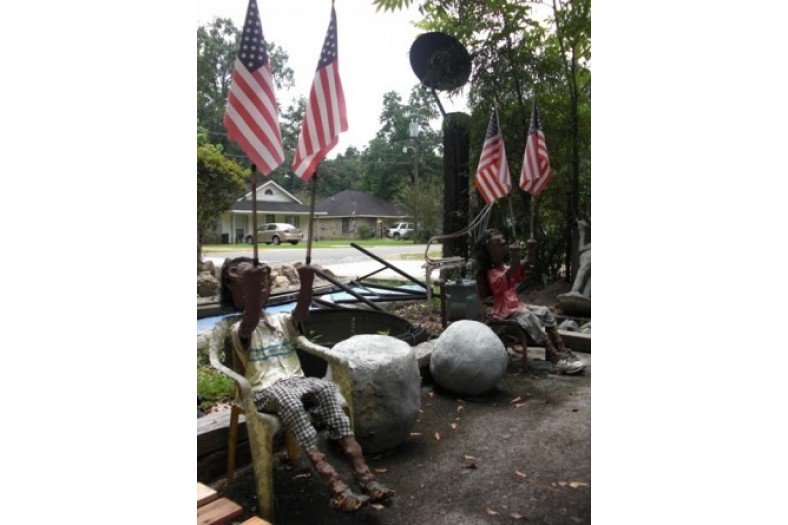
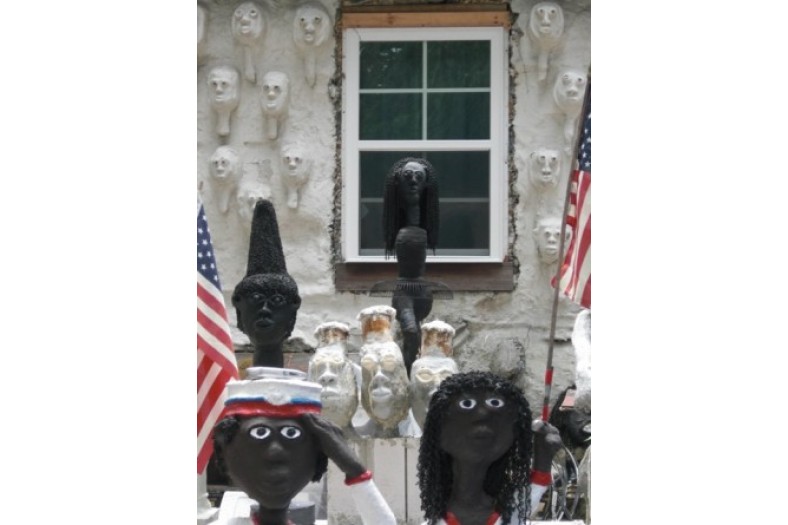
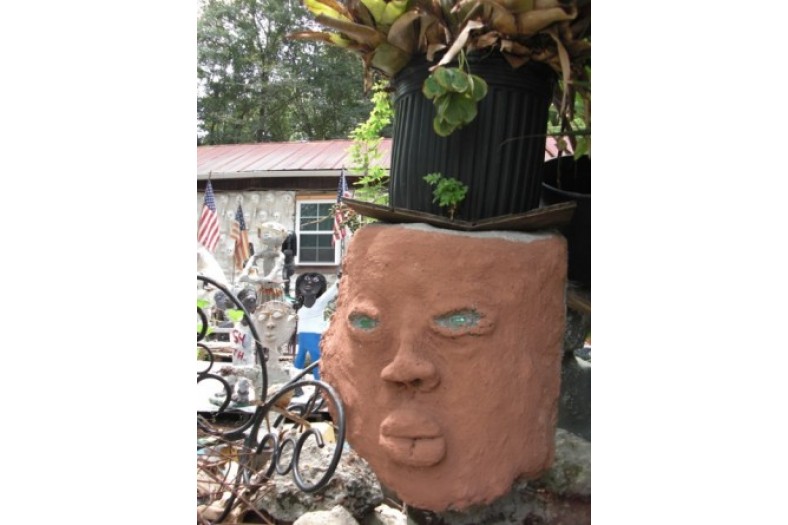
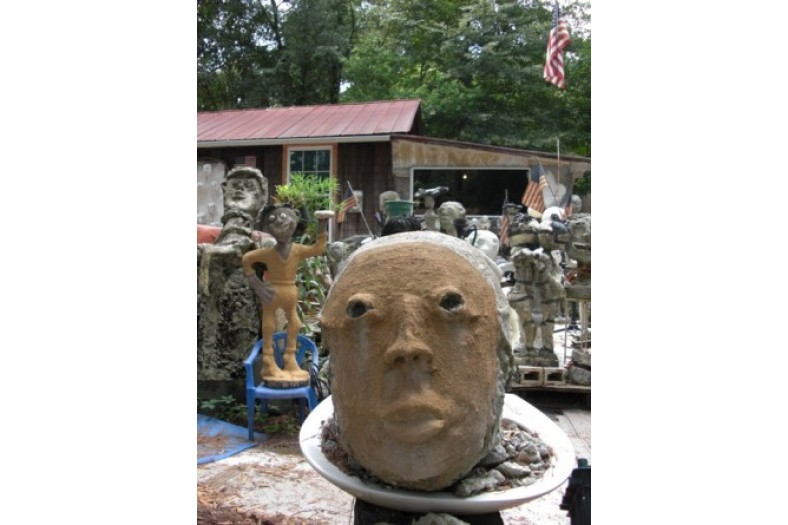
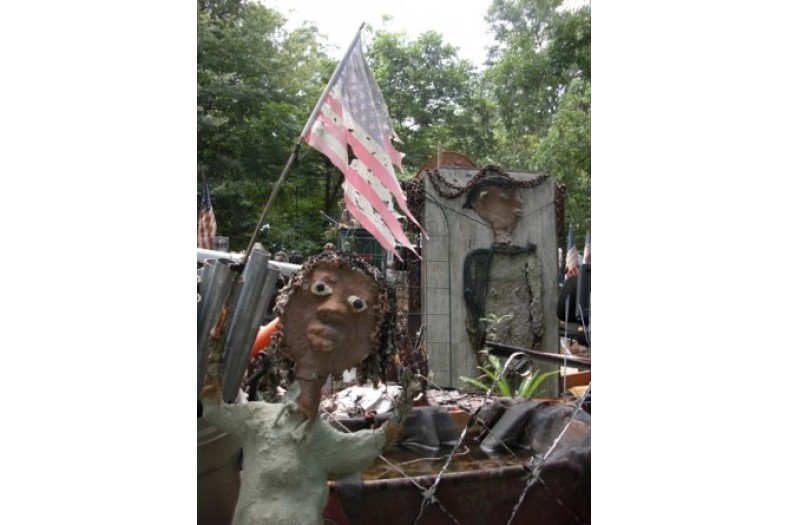
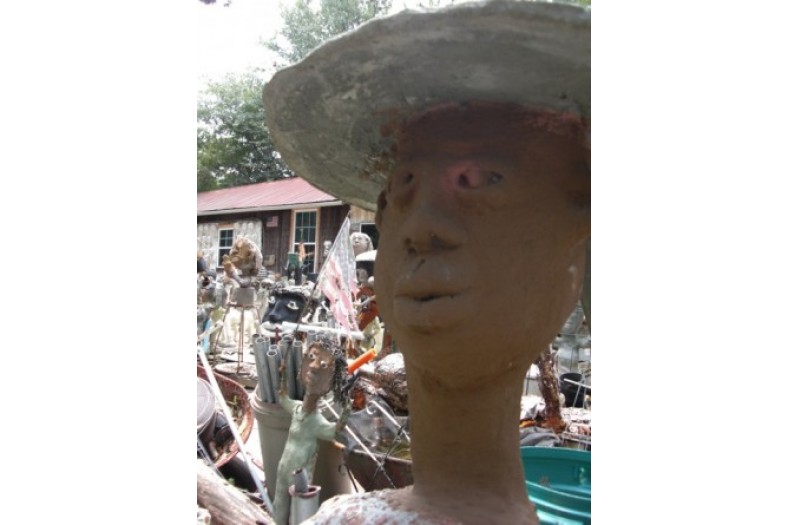
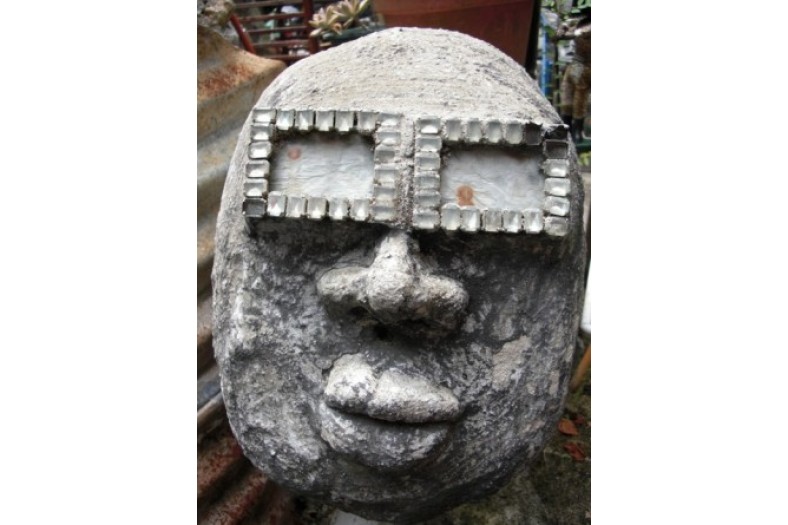
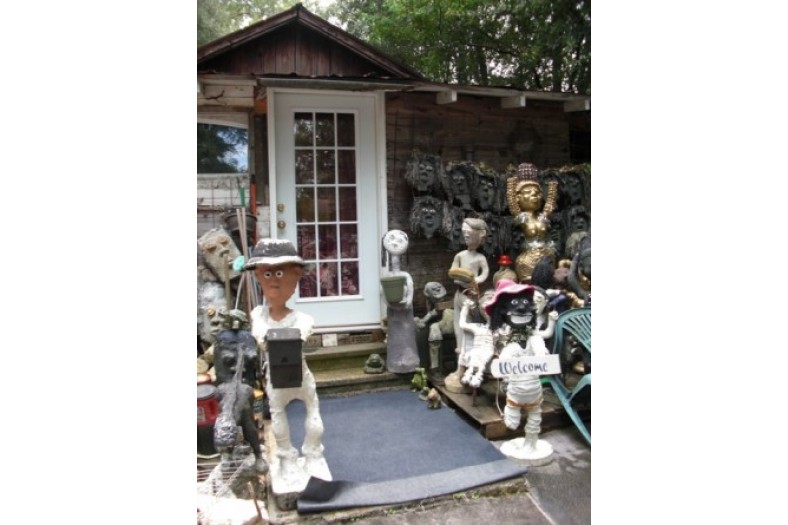
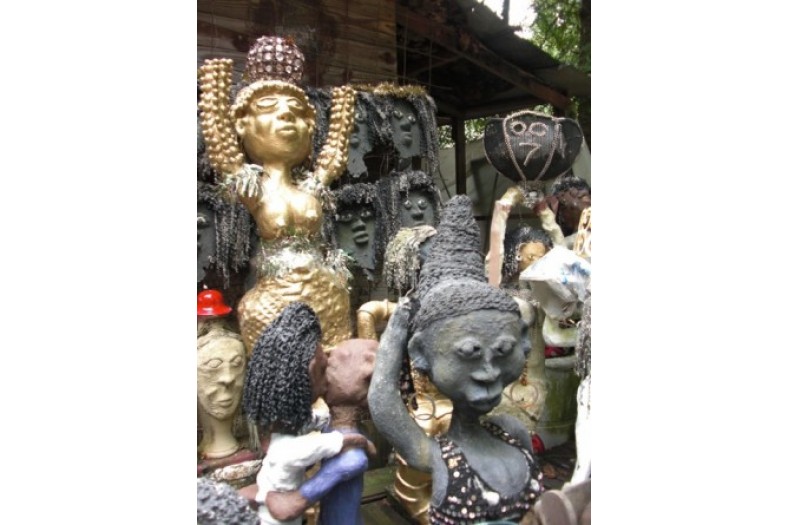

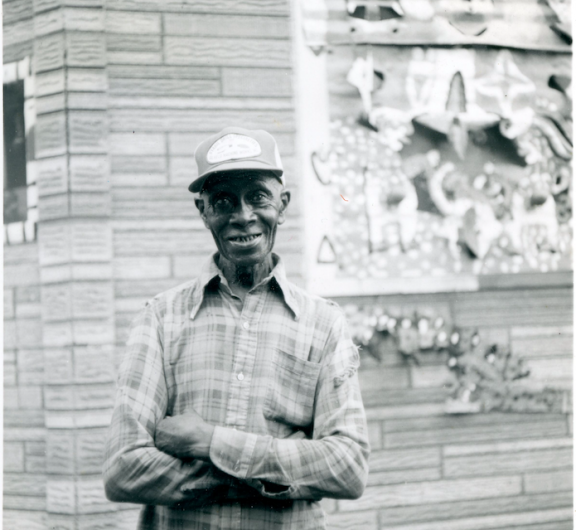



Post your comment
Comments
No one has commented on this page yet.